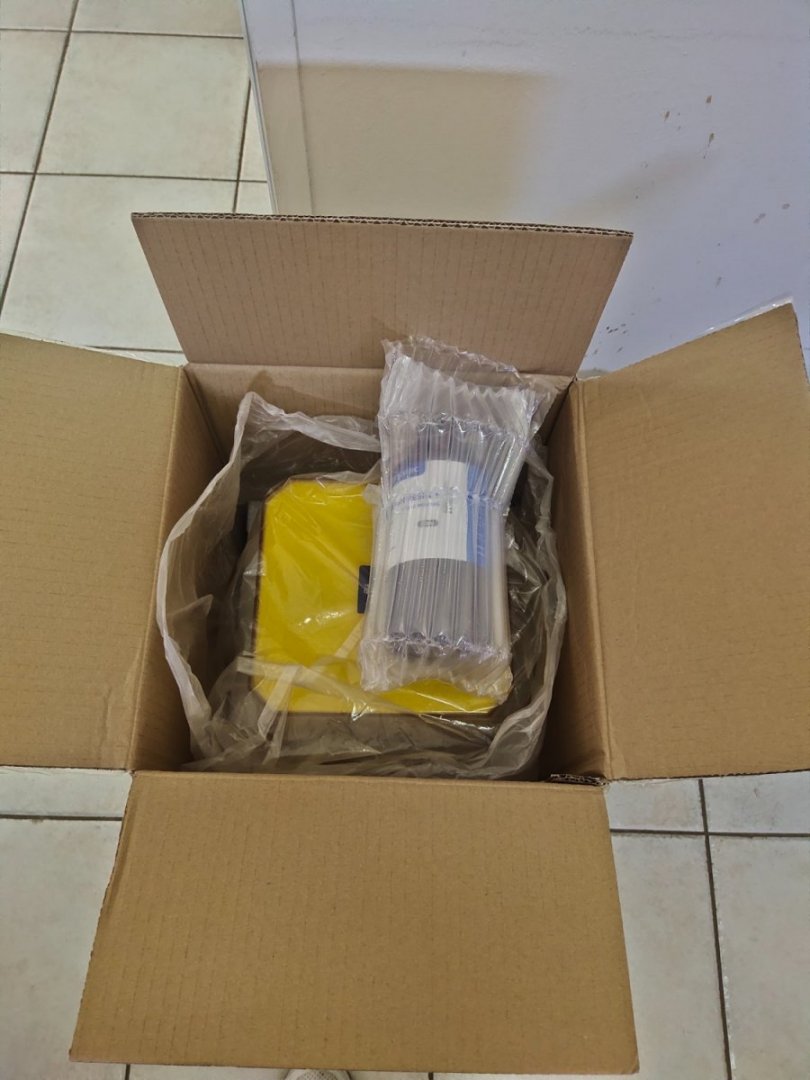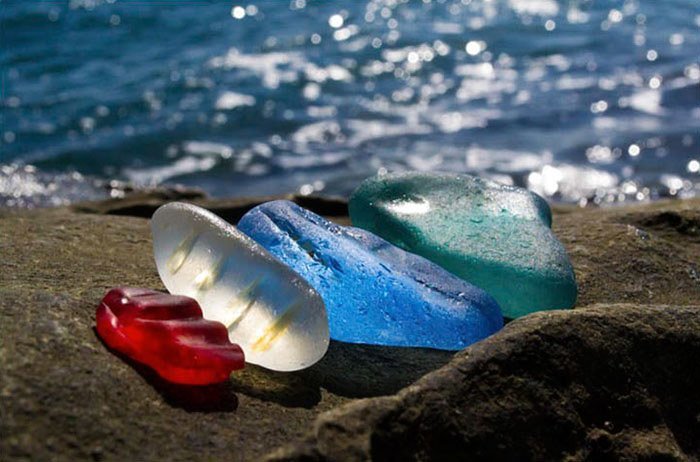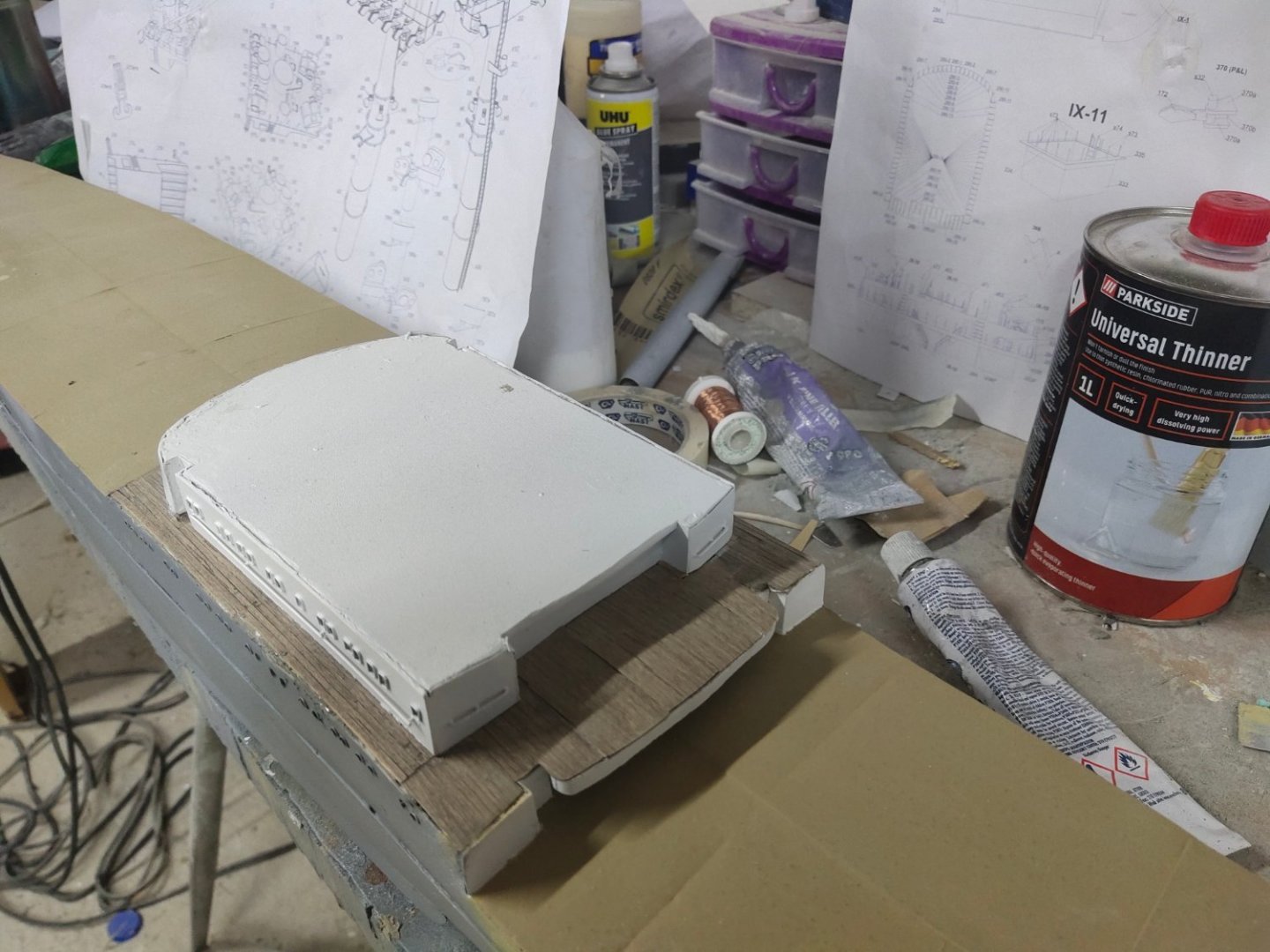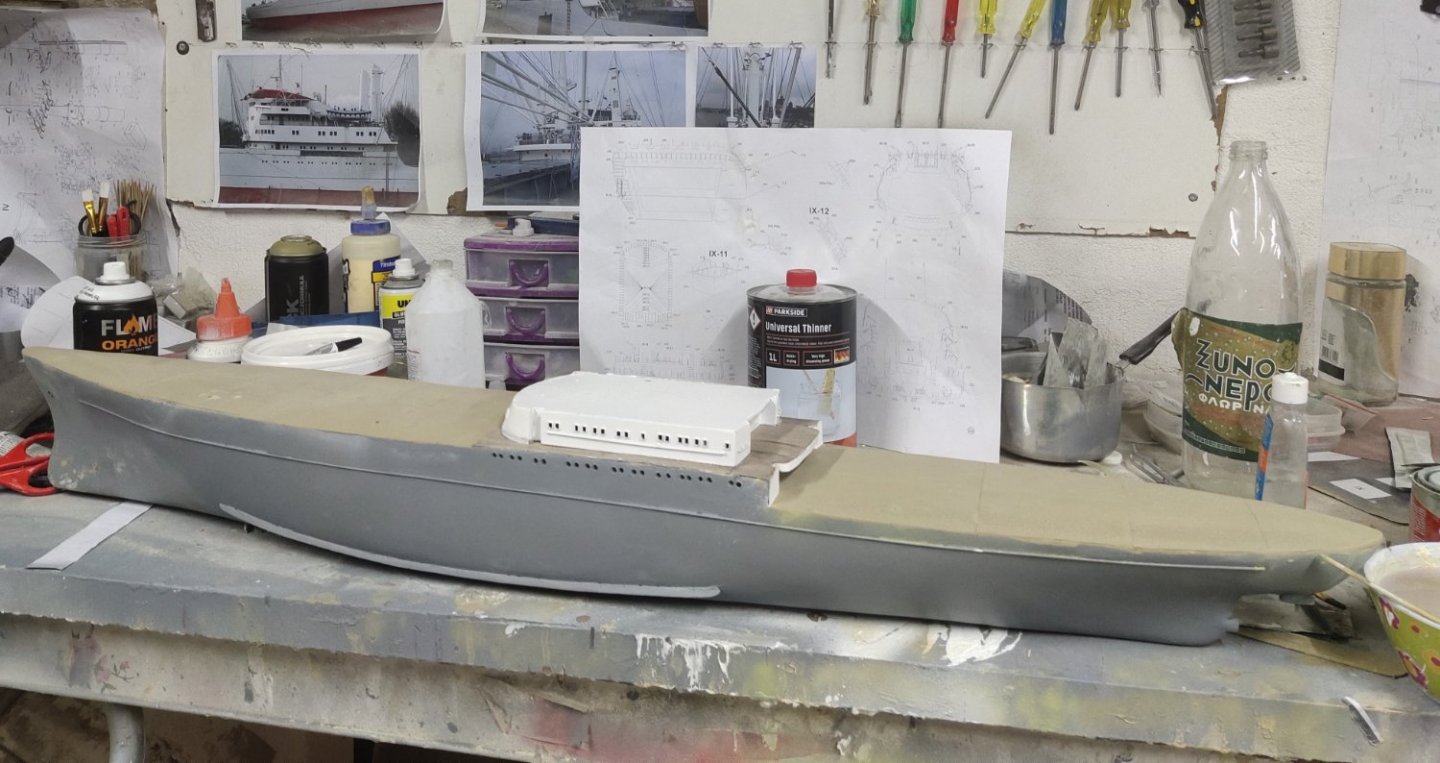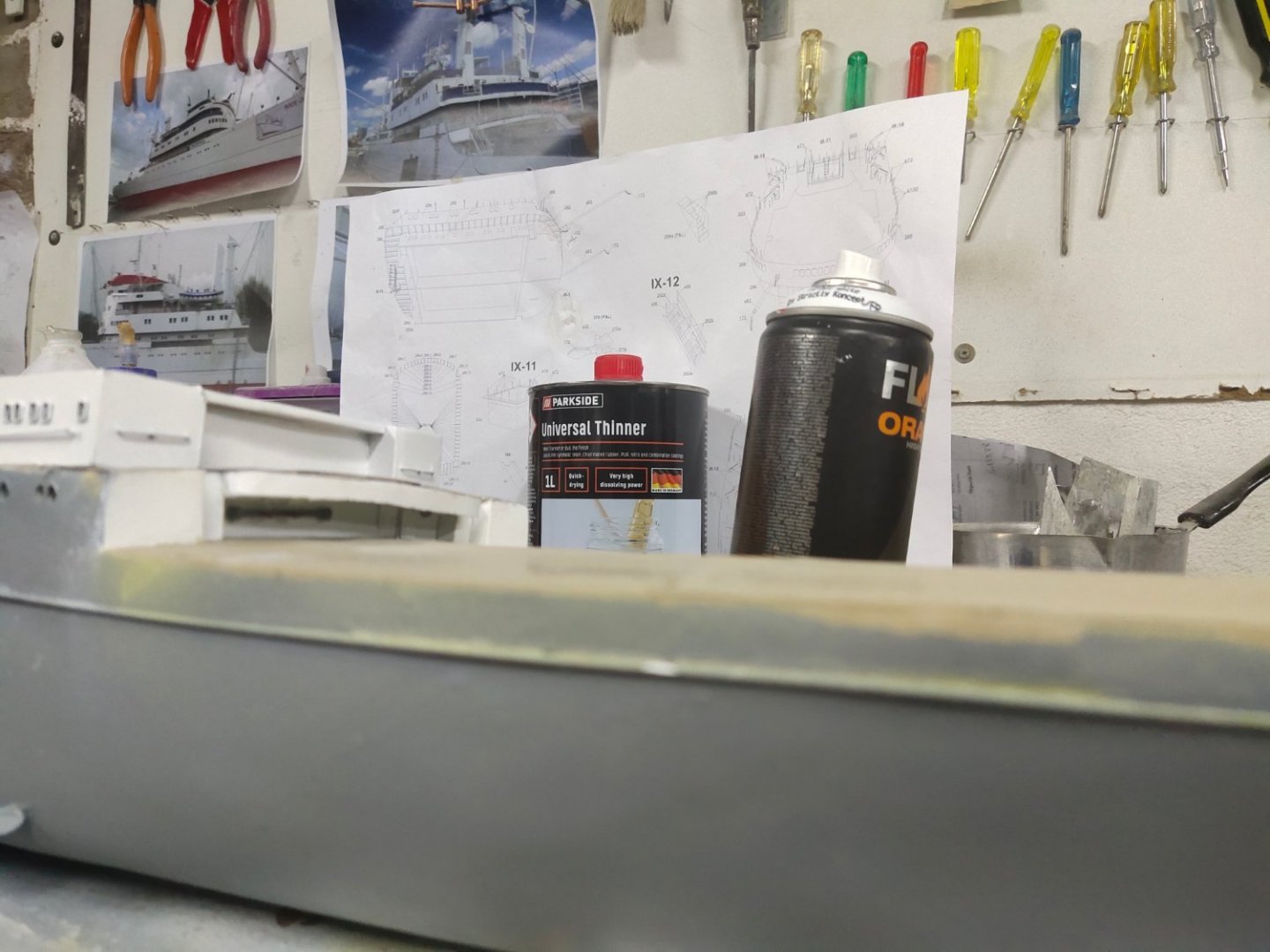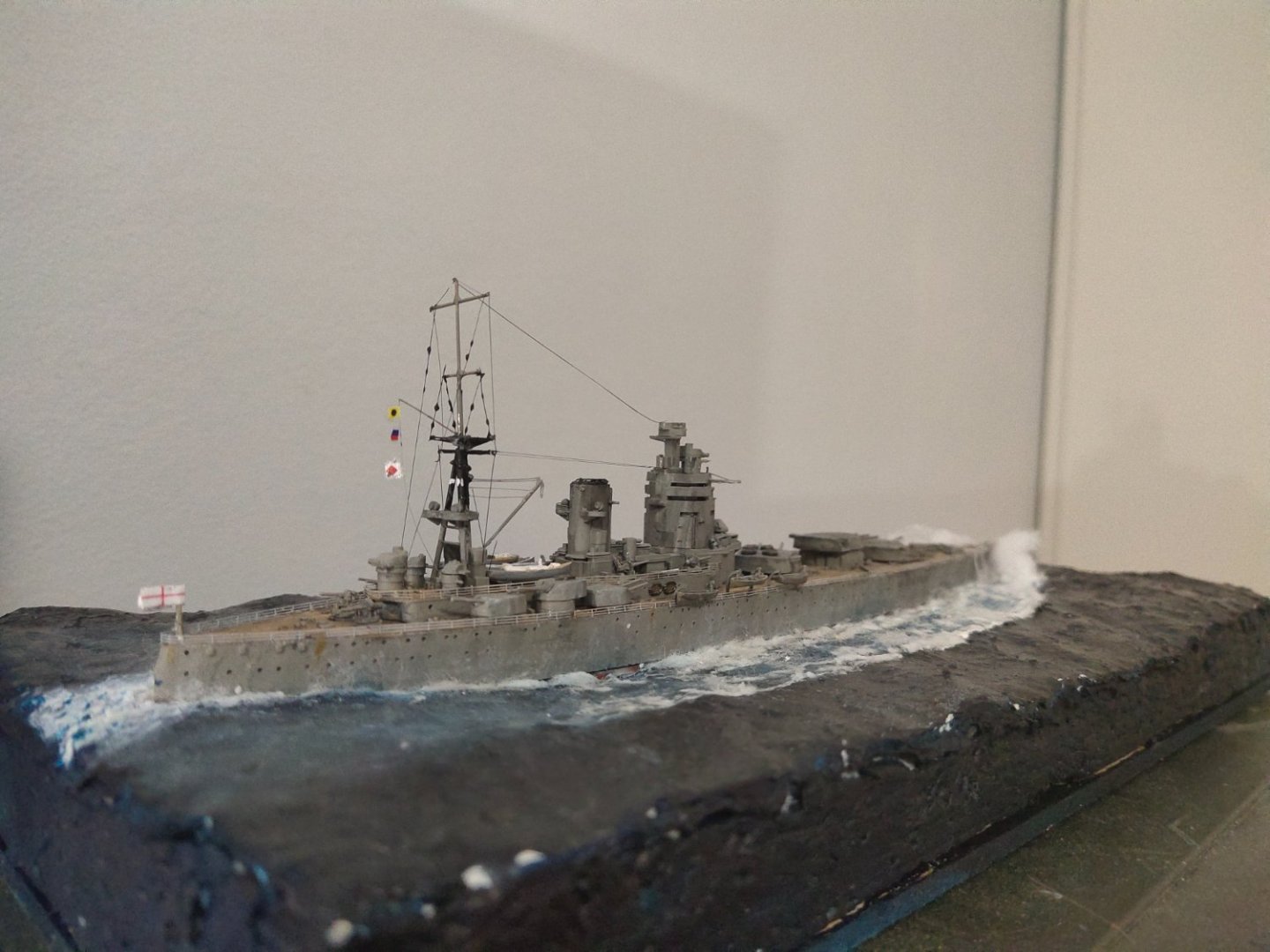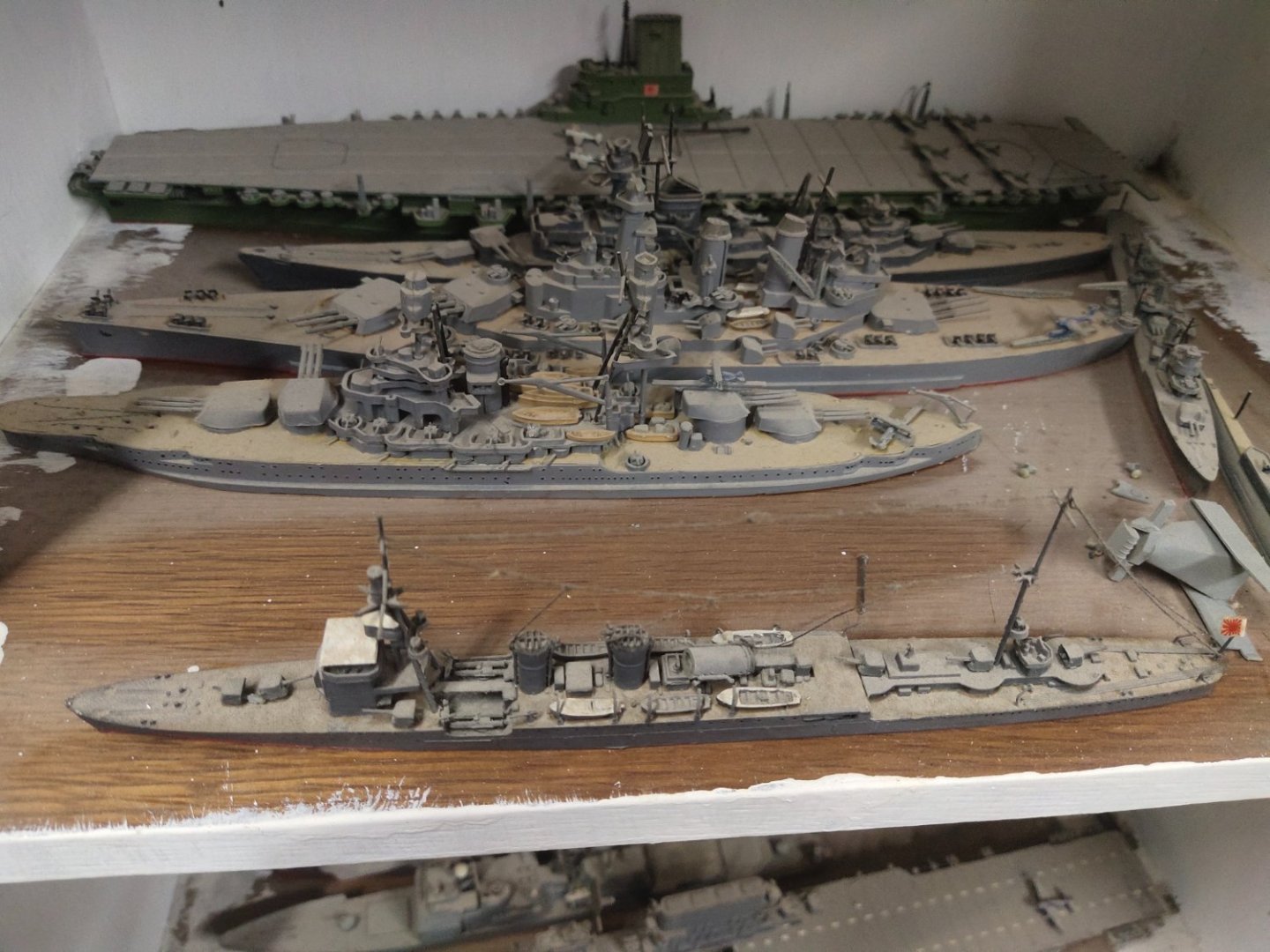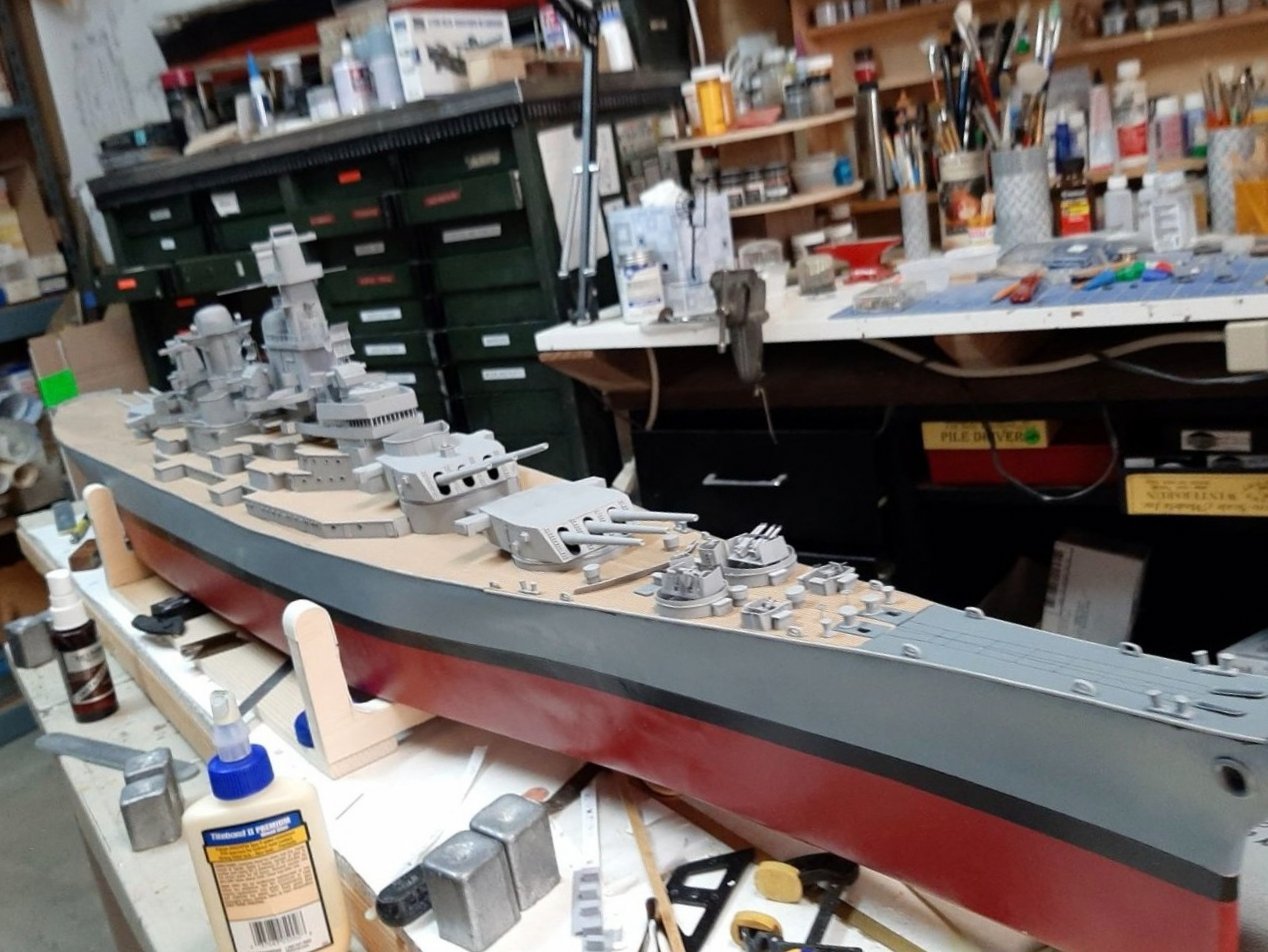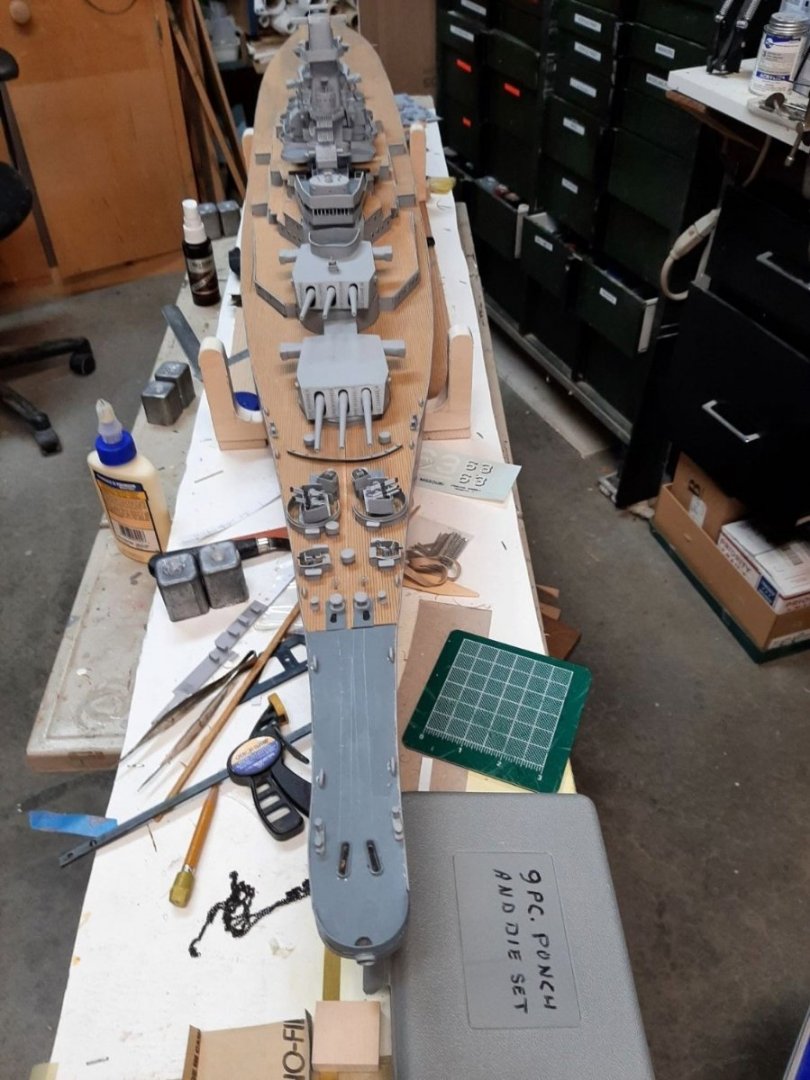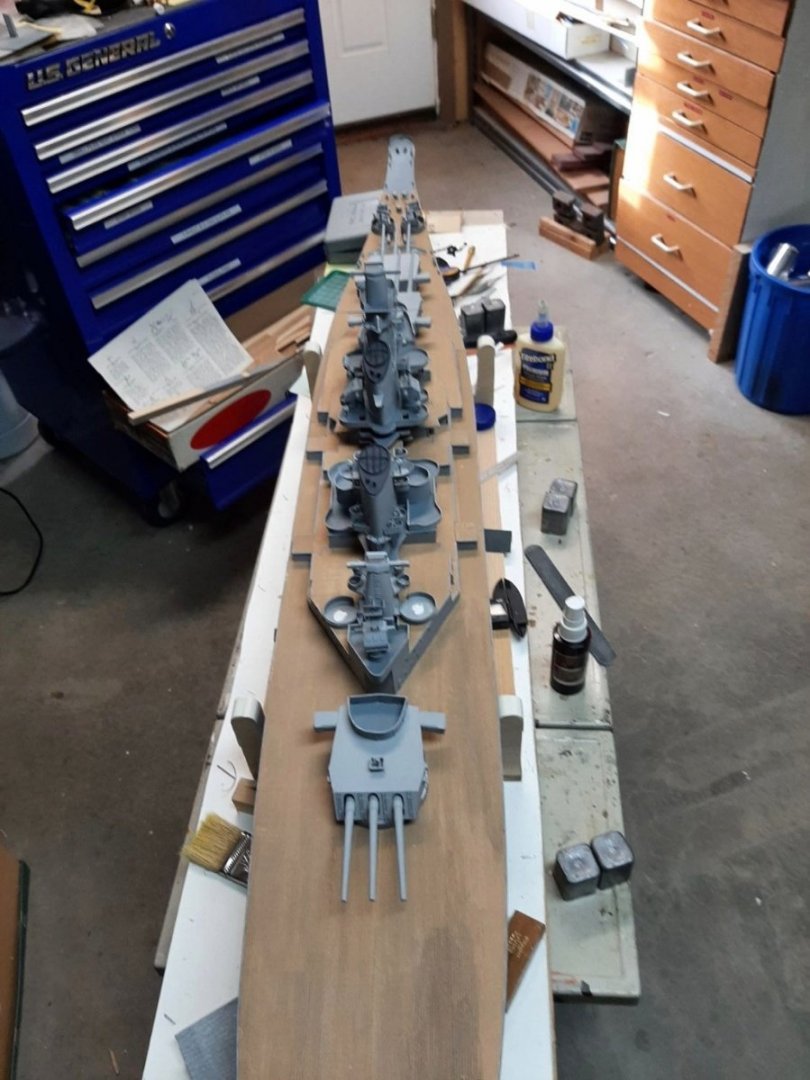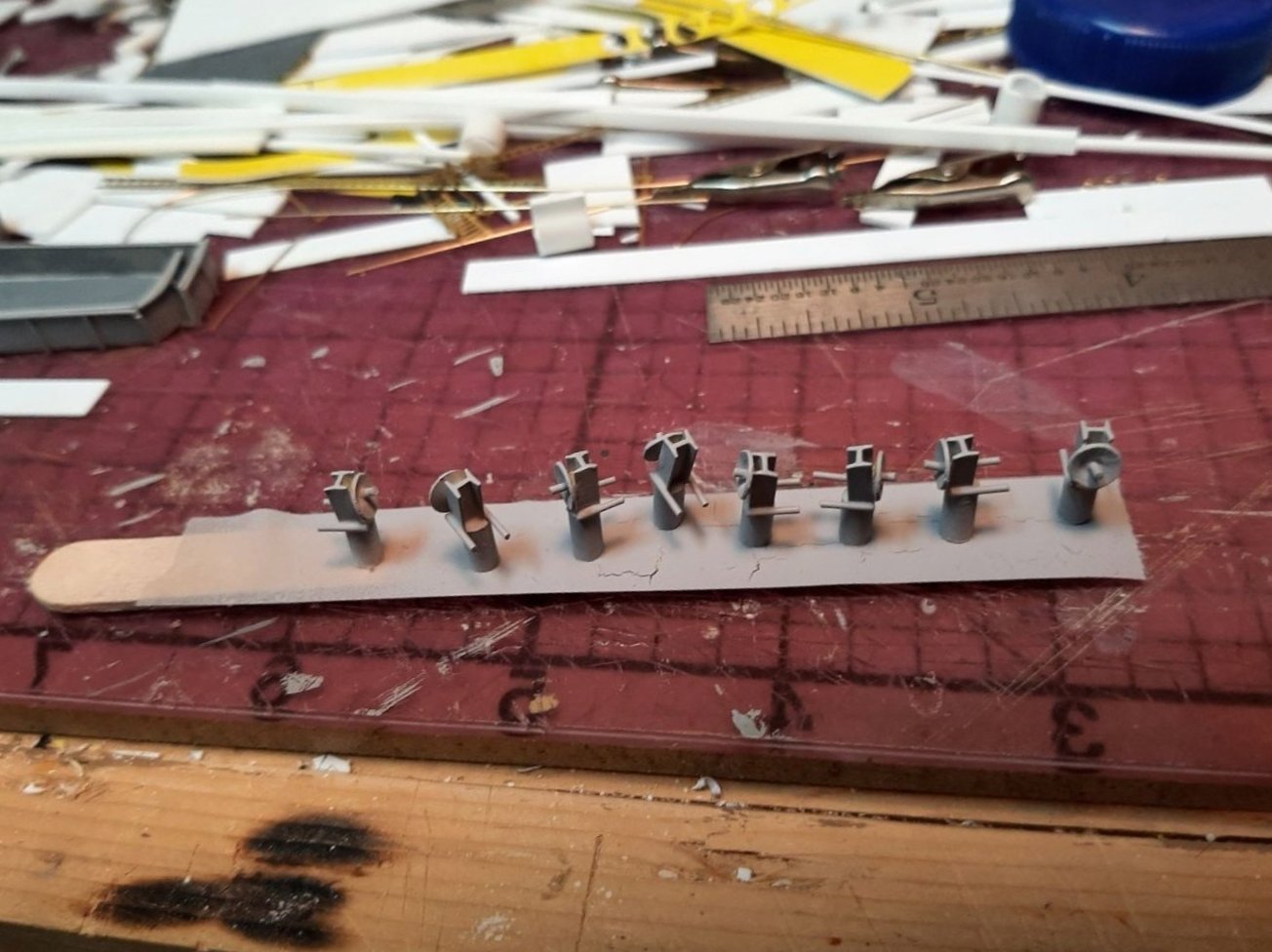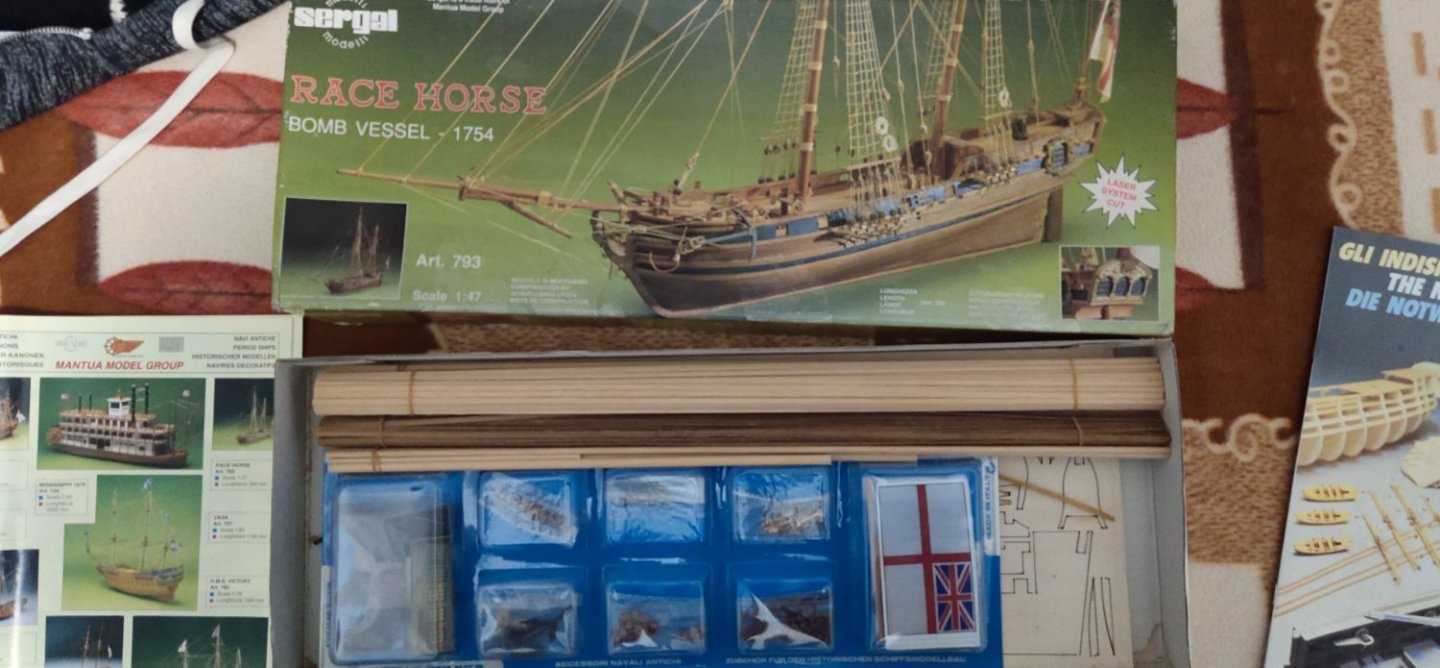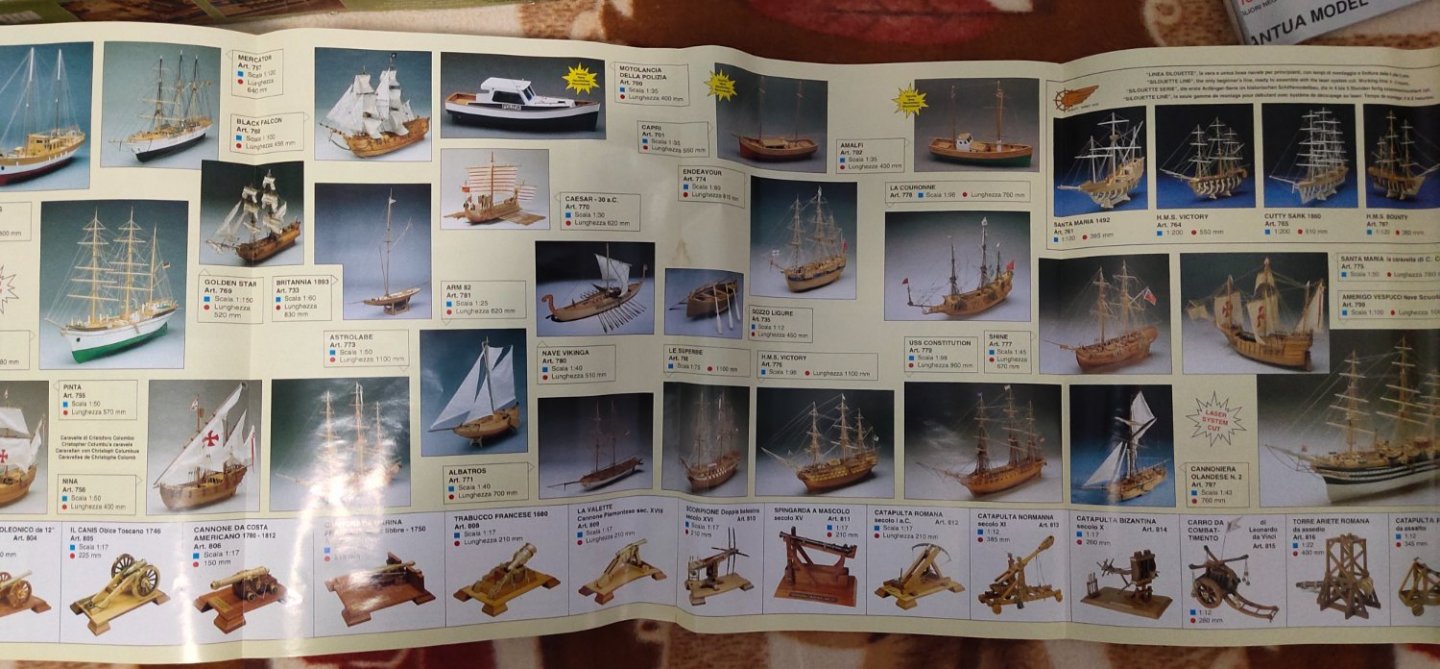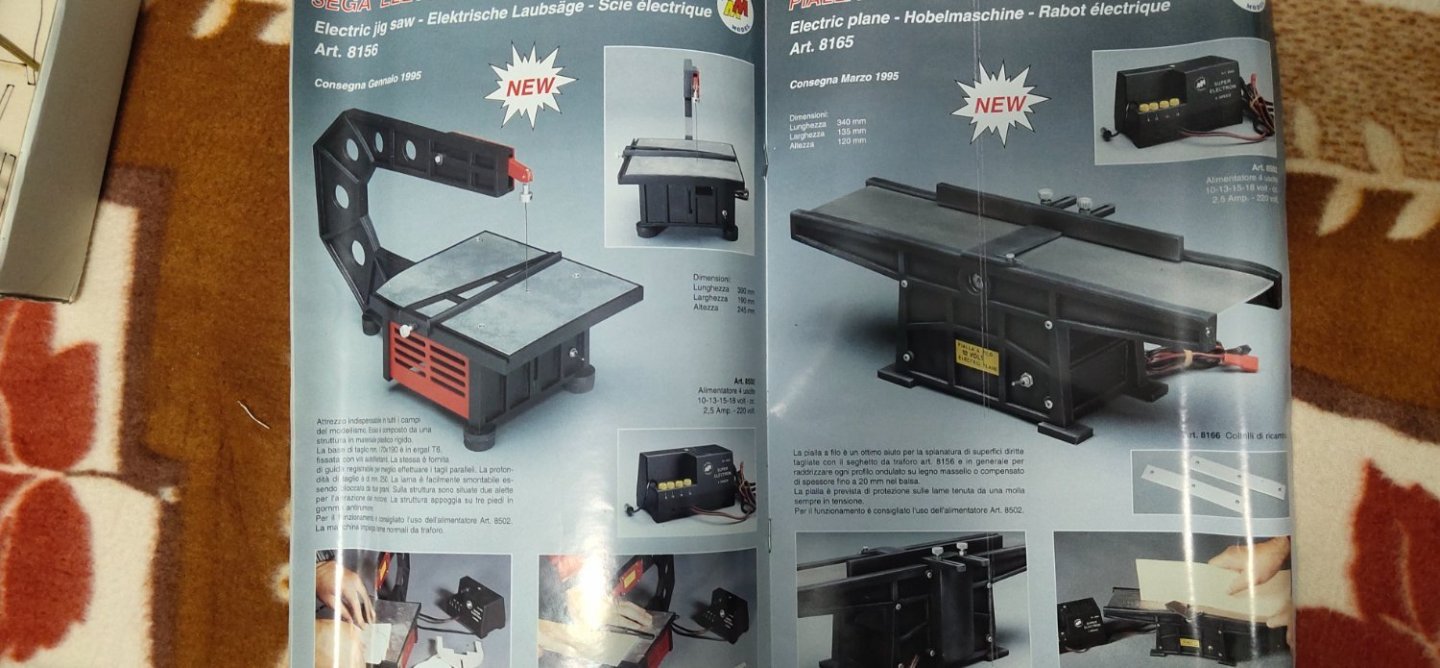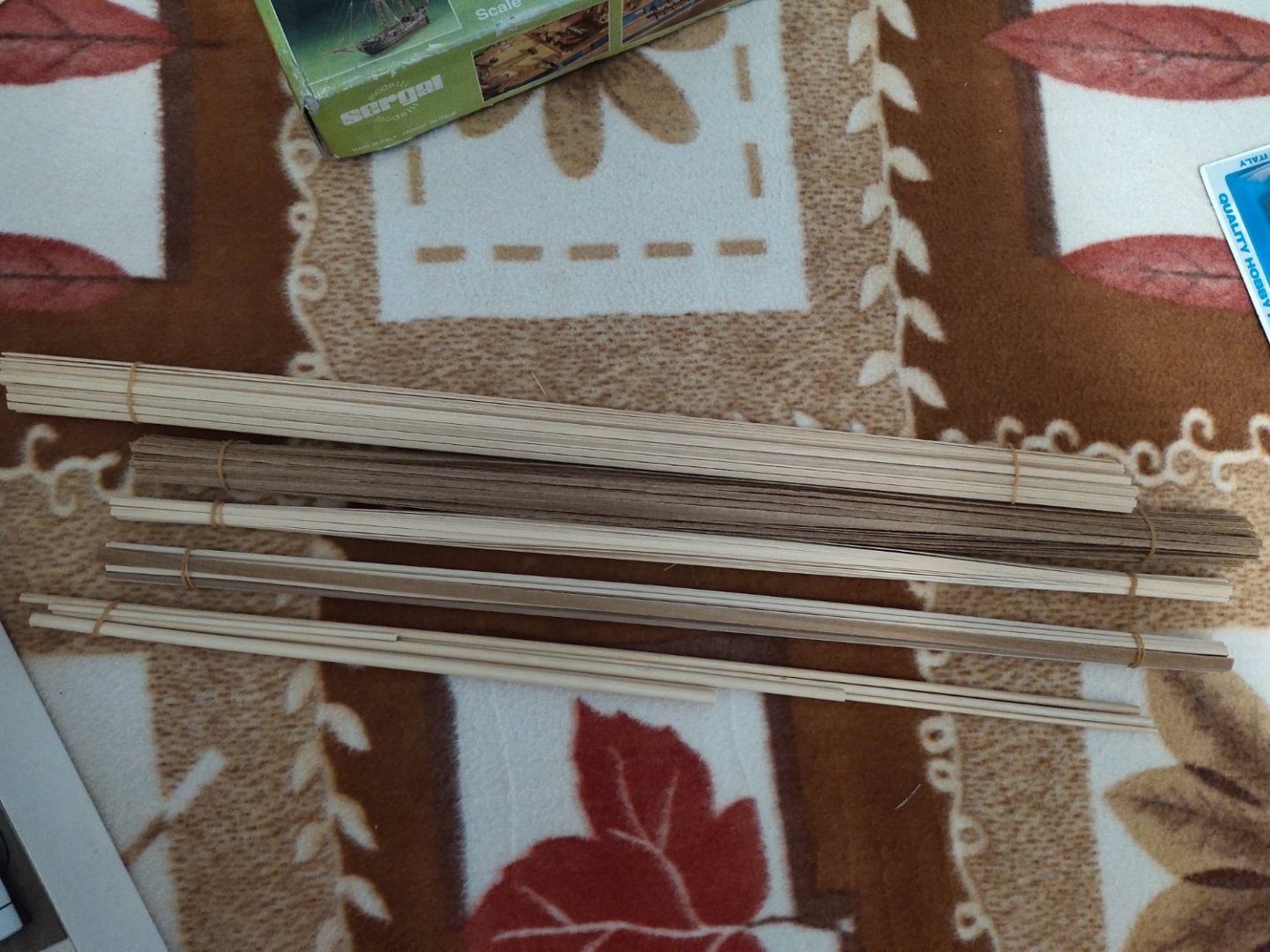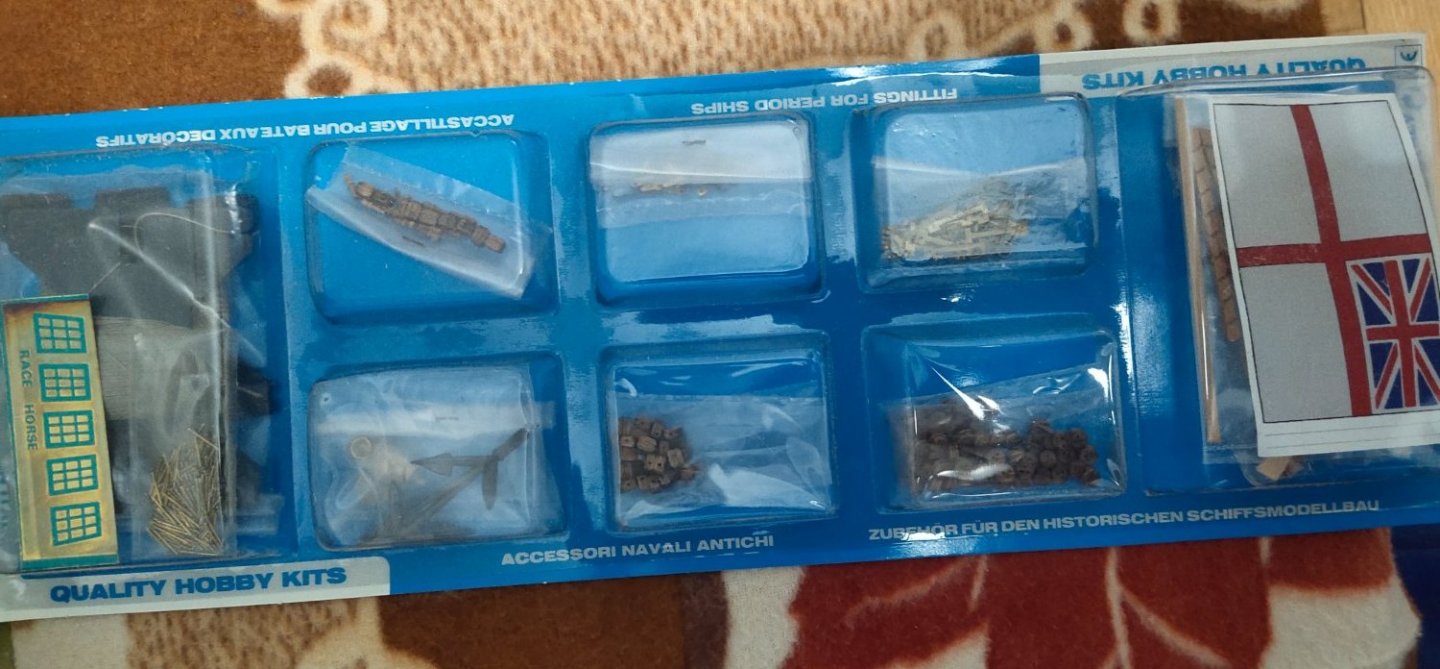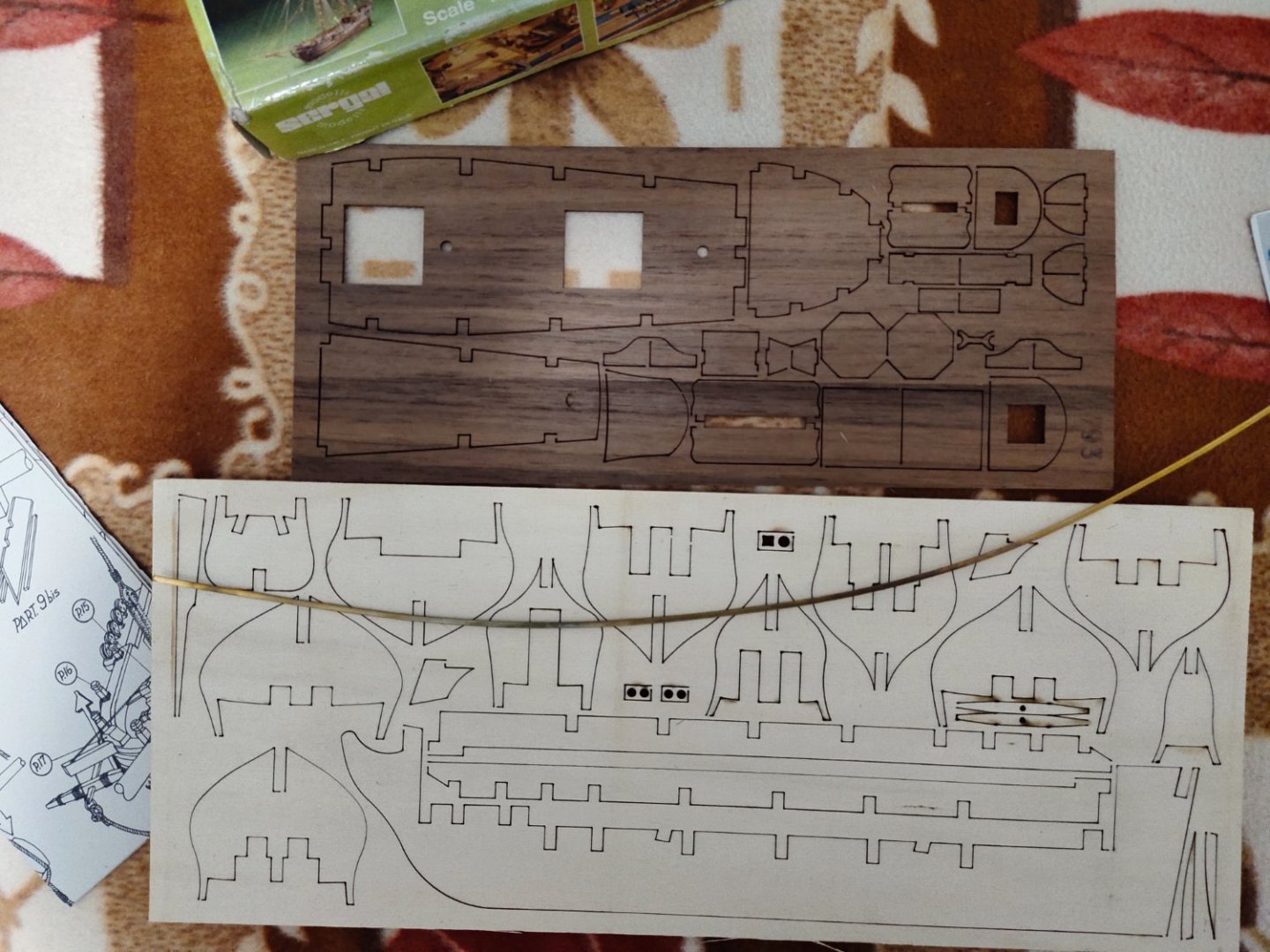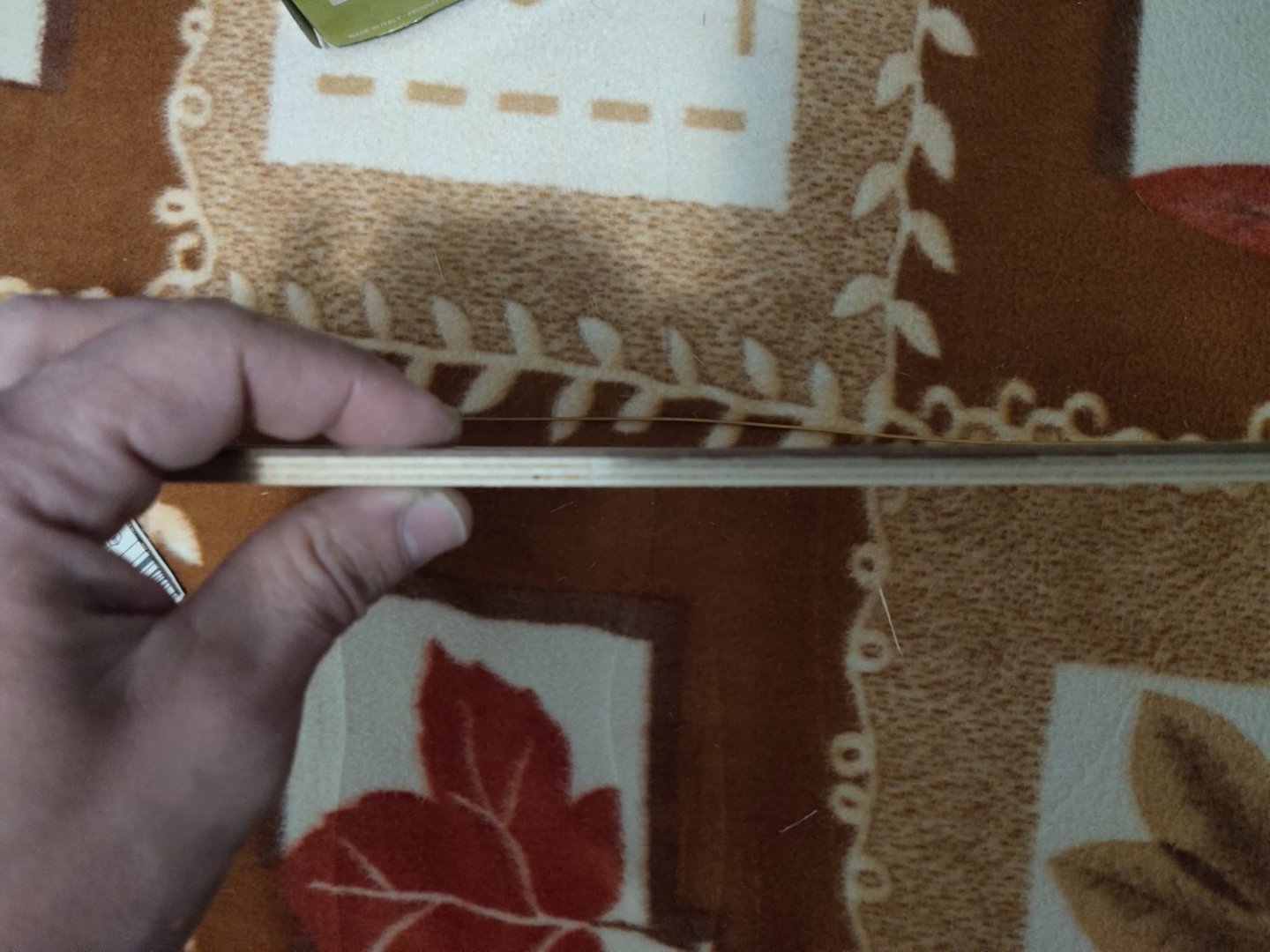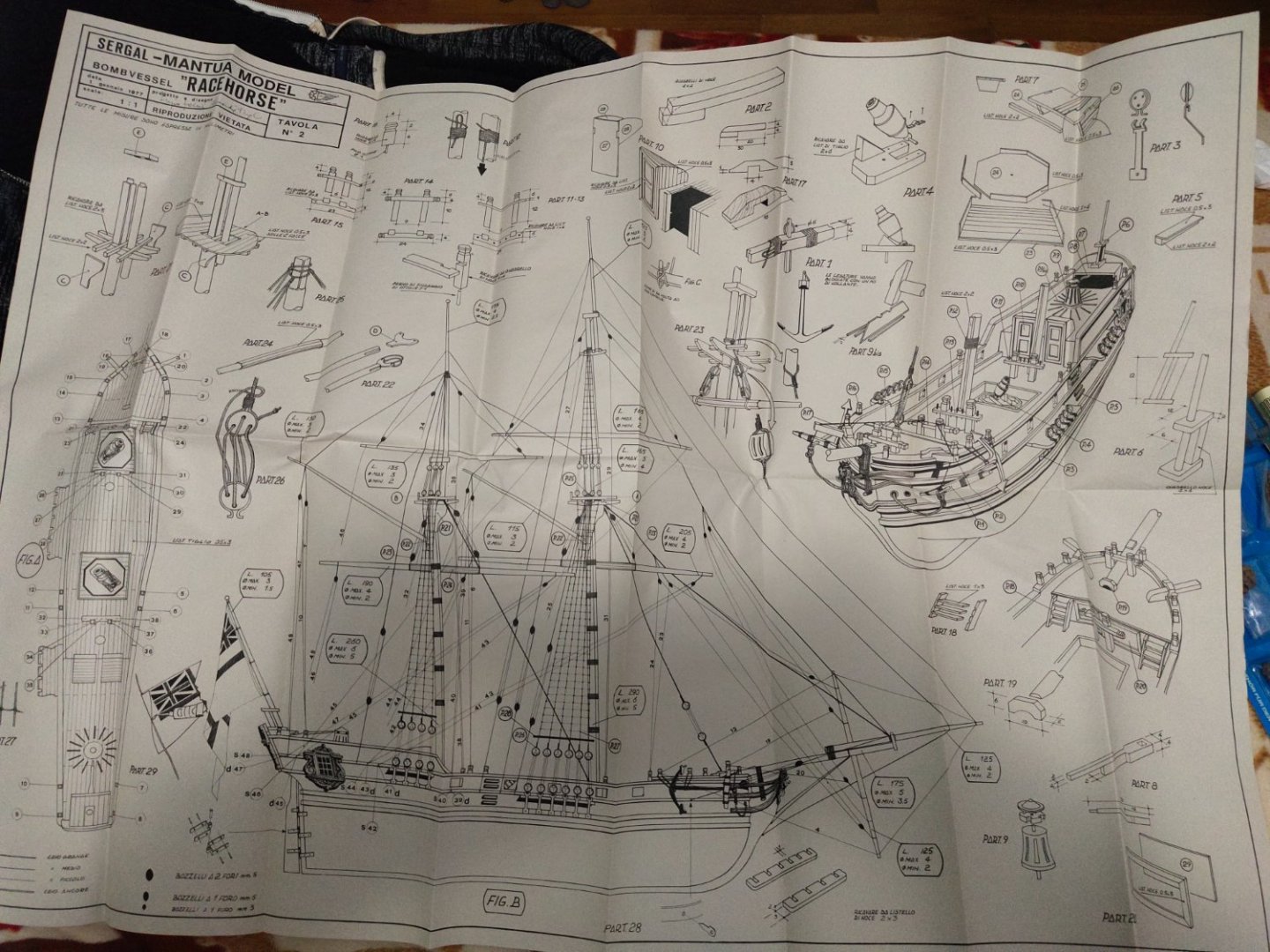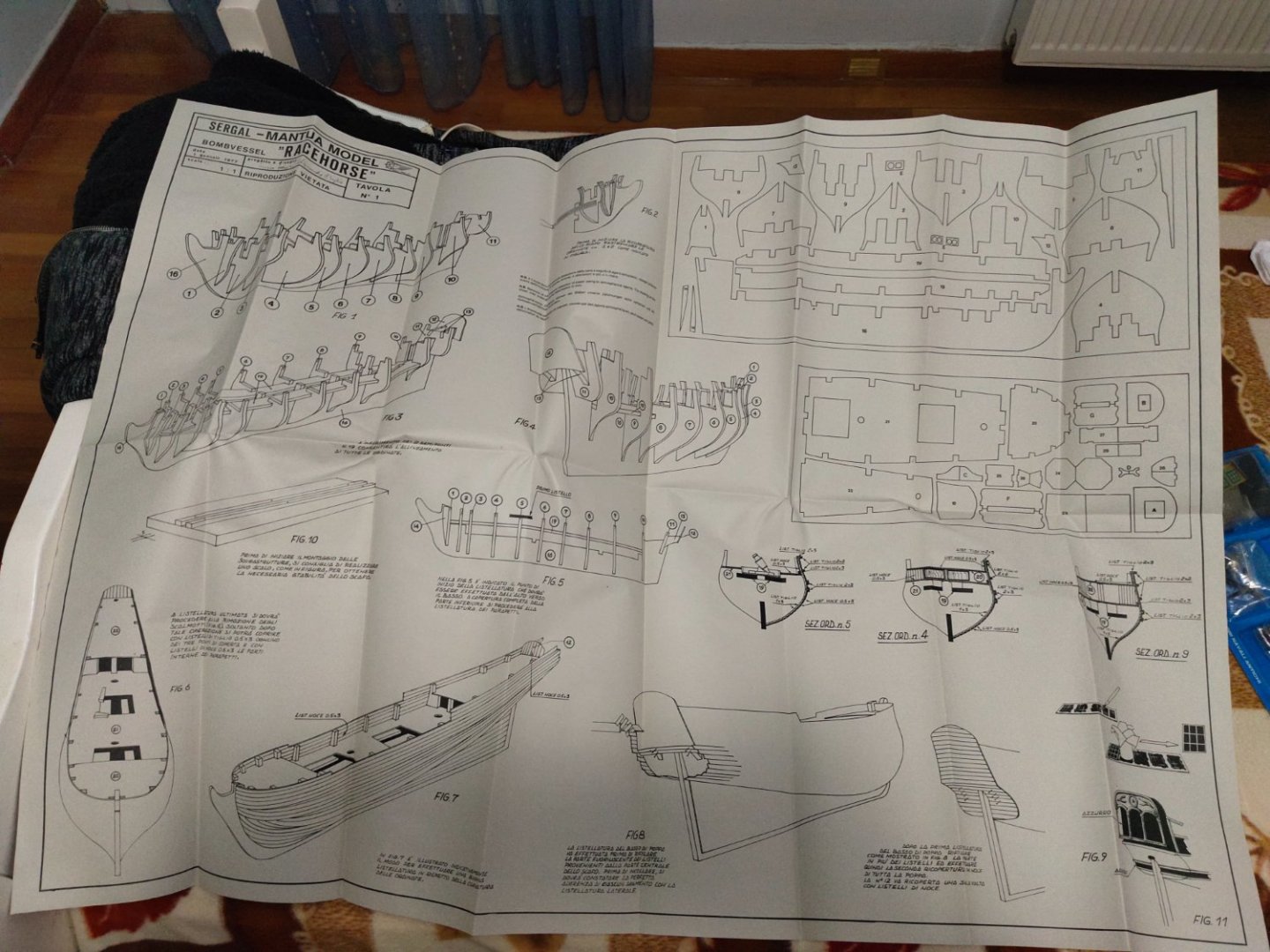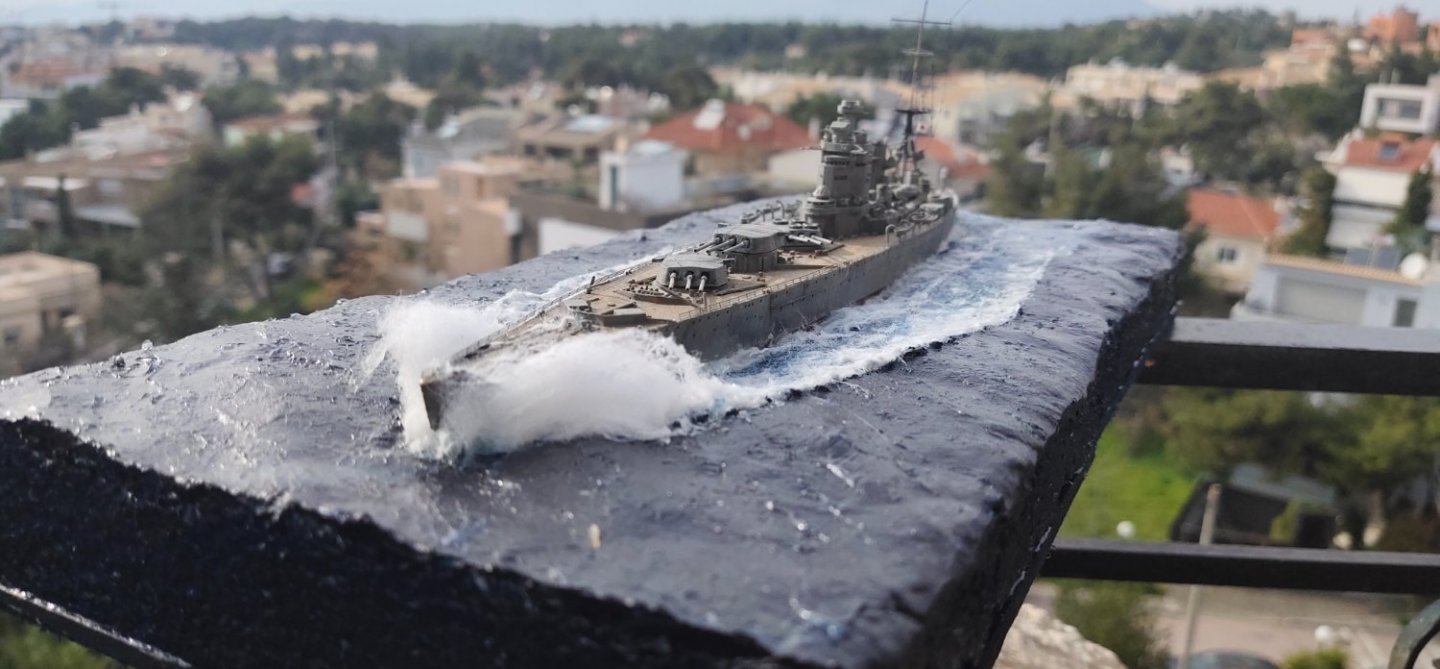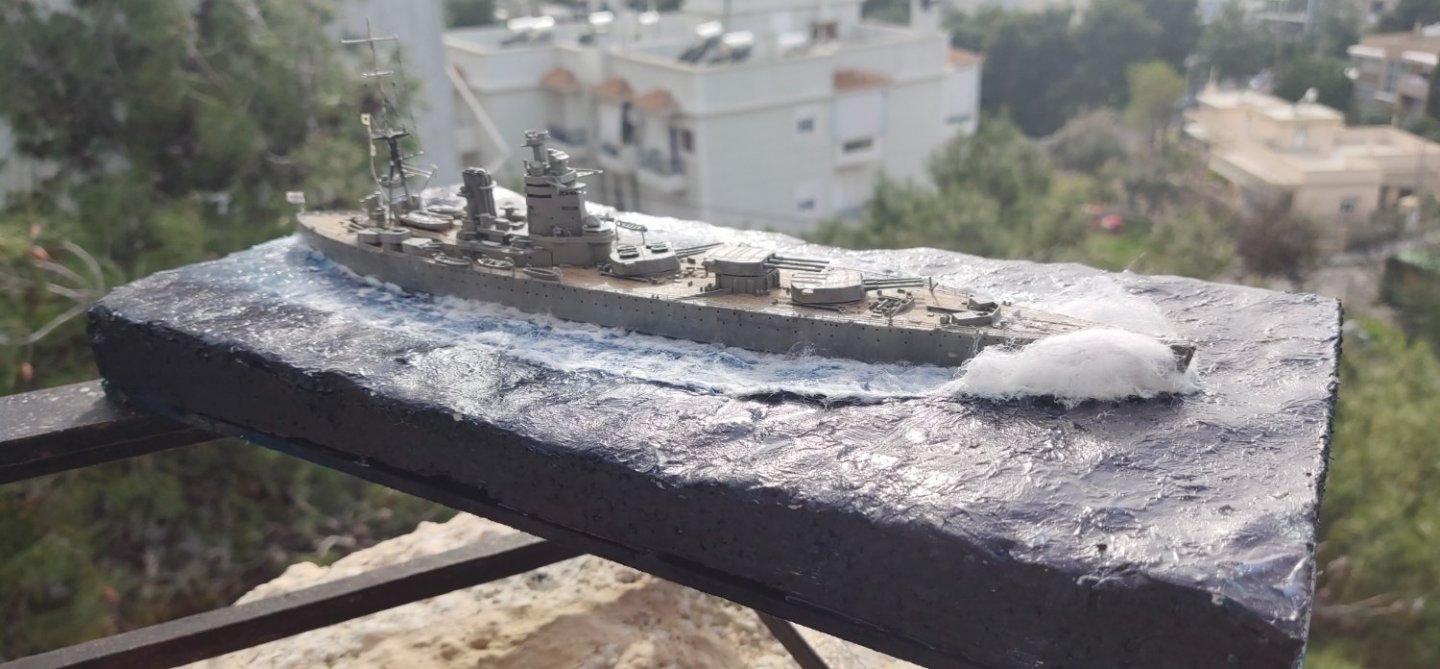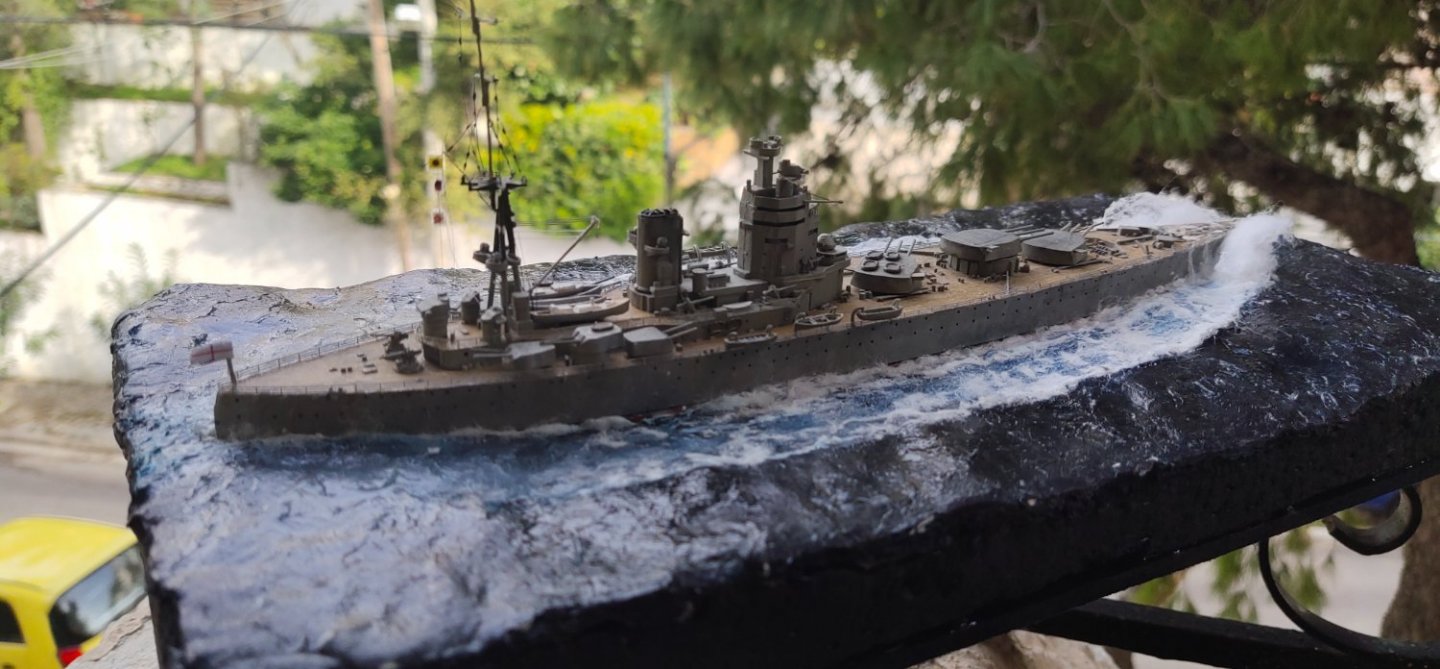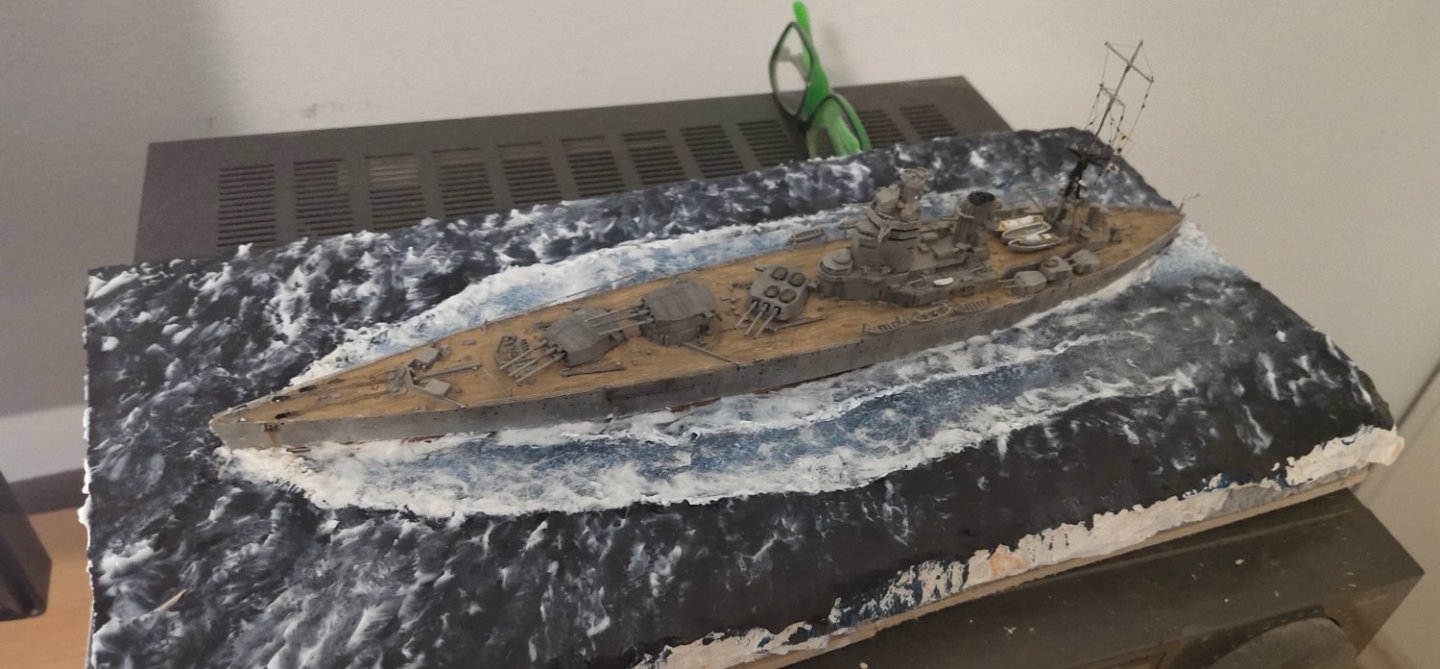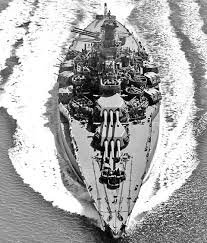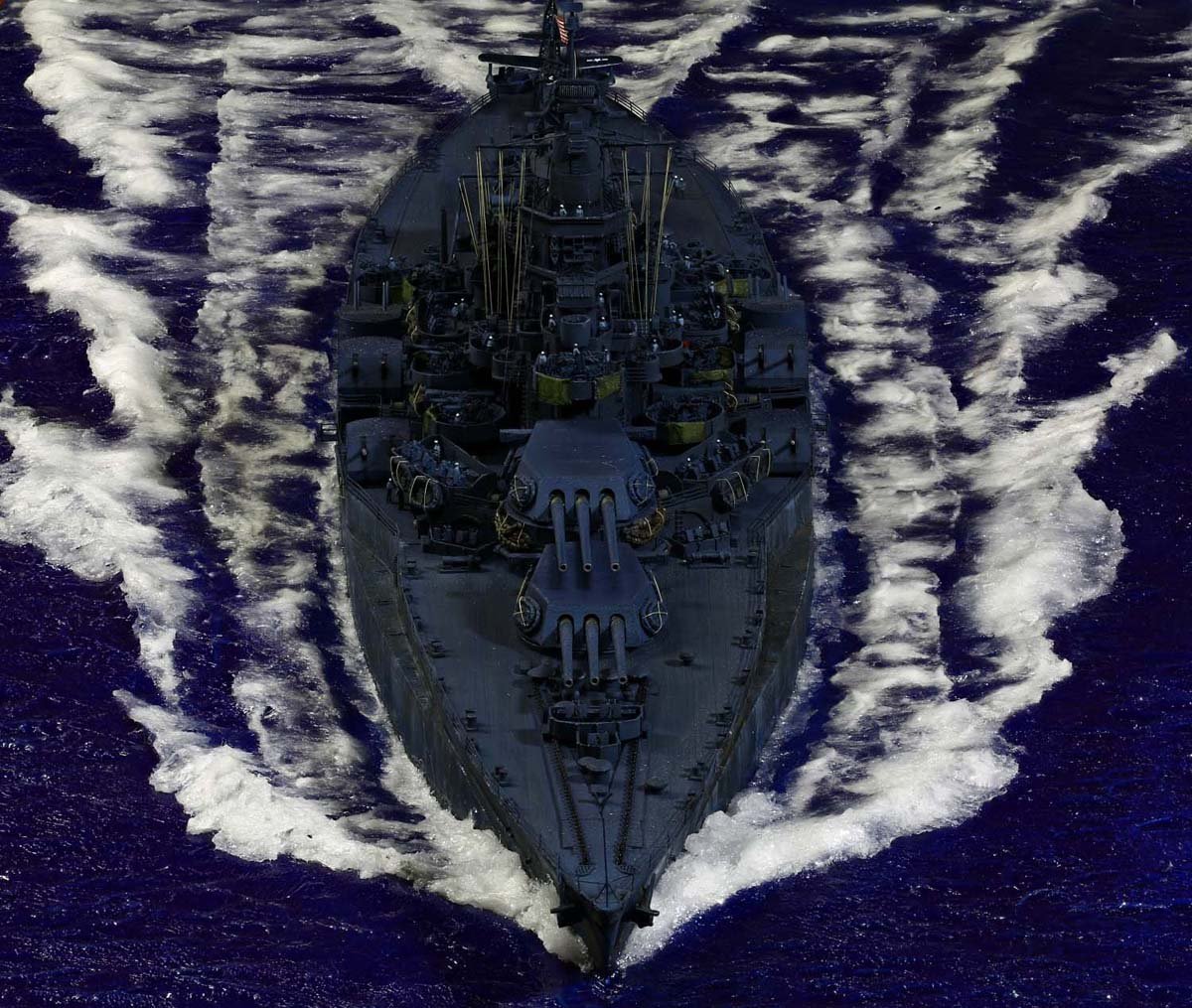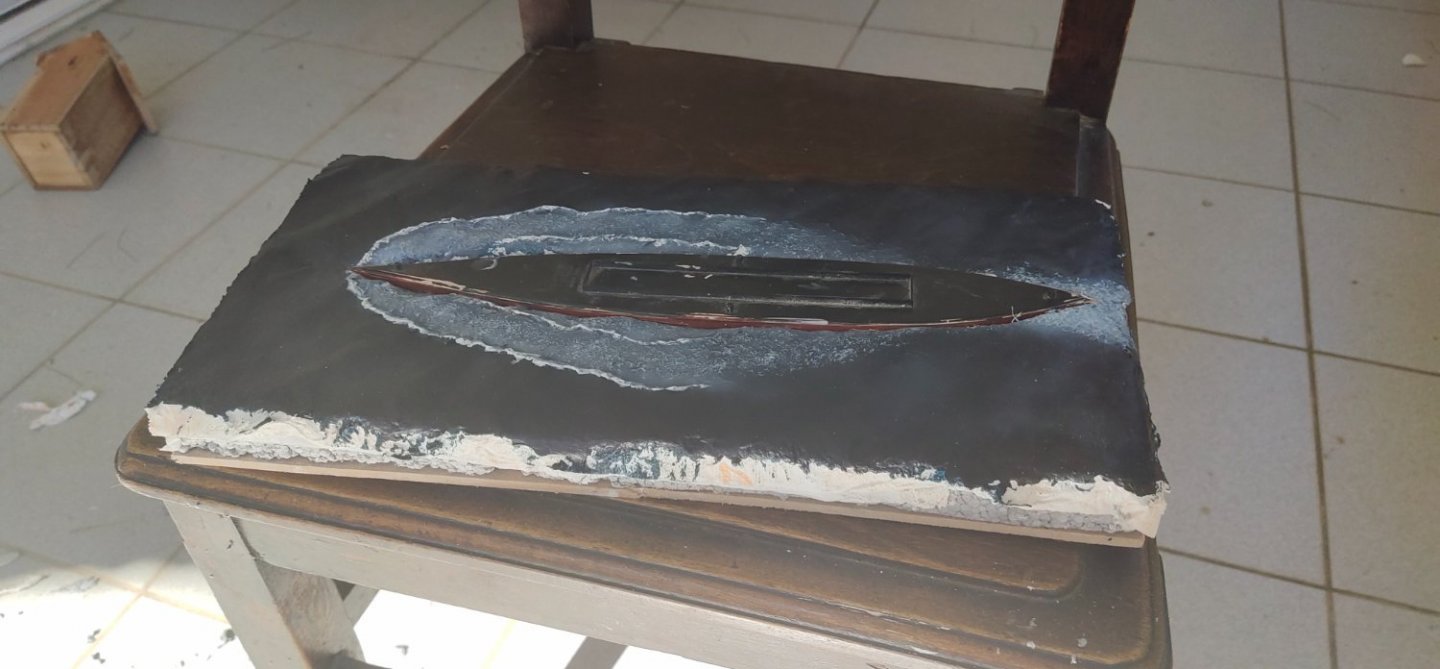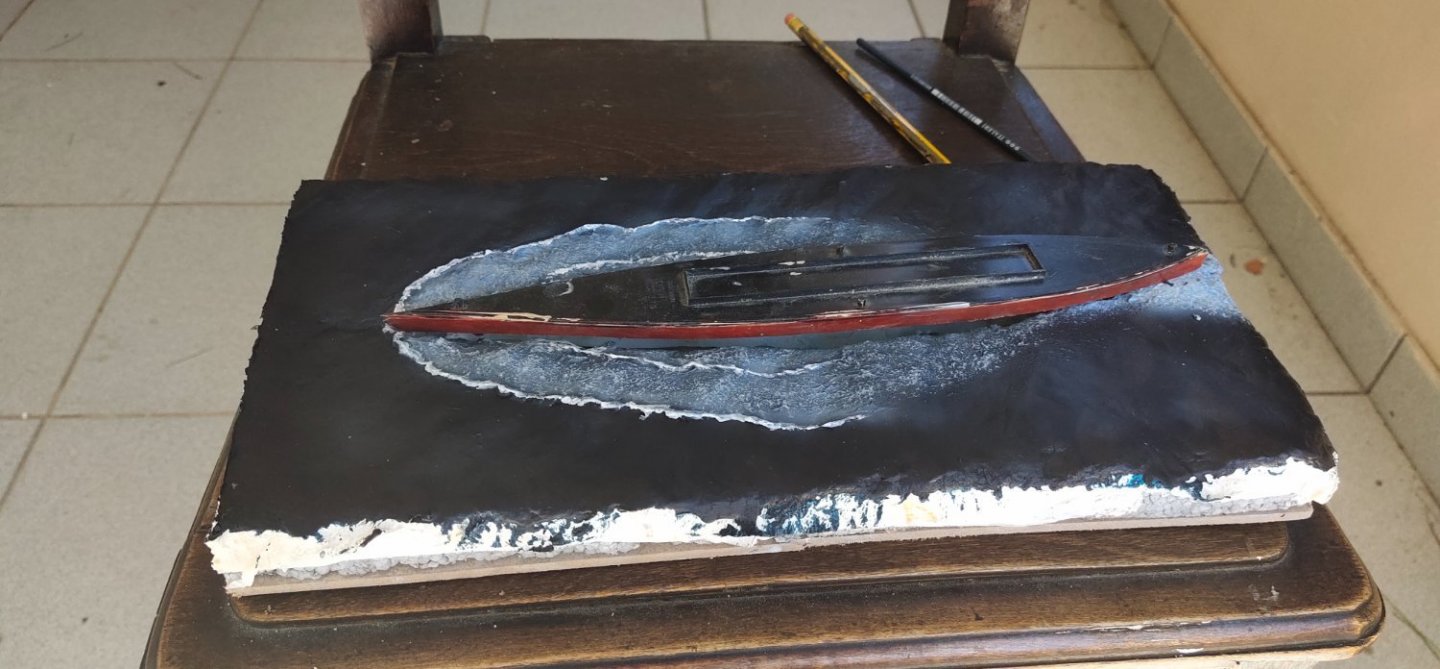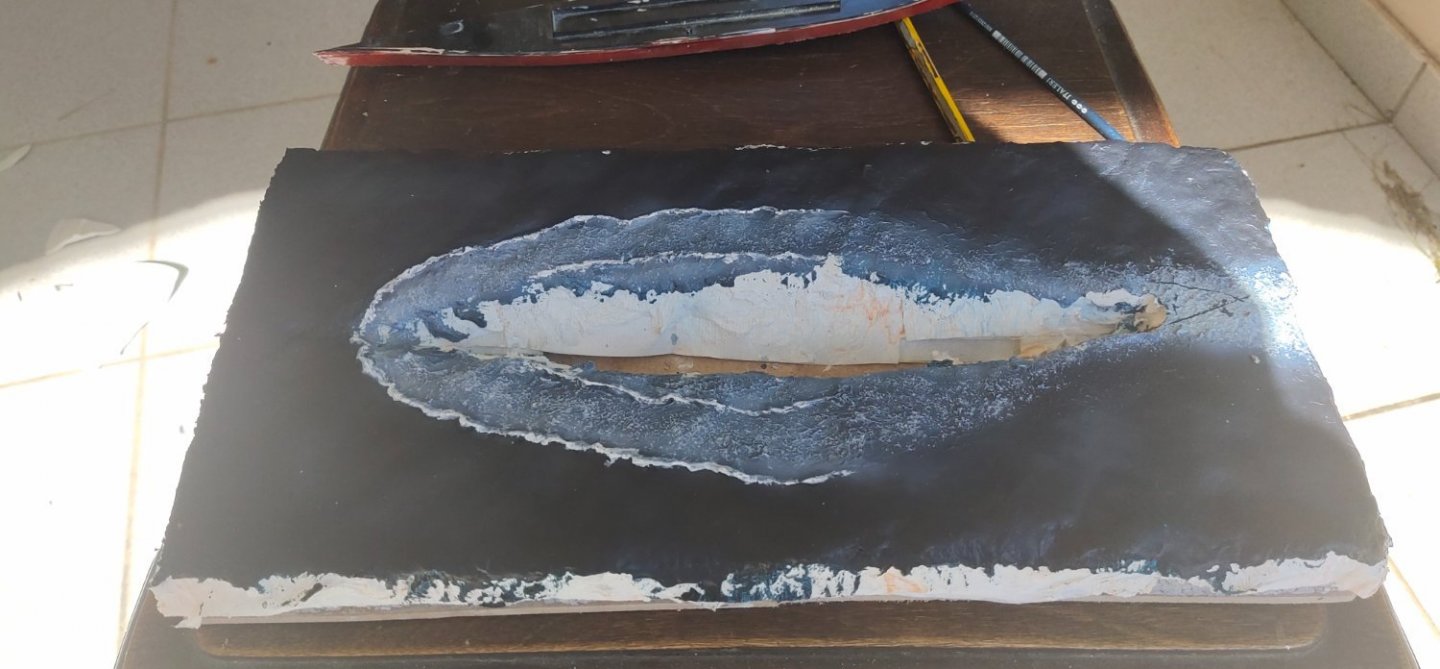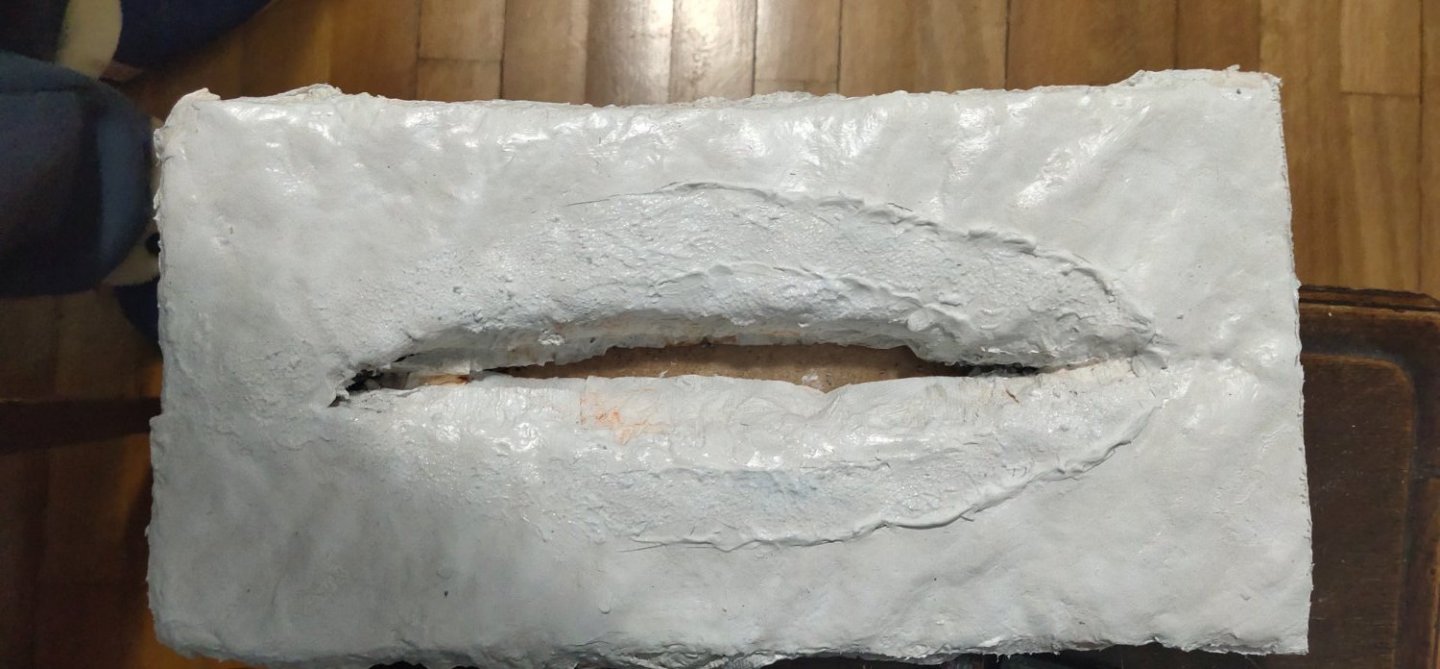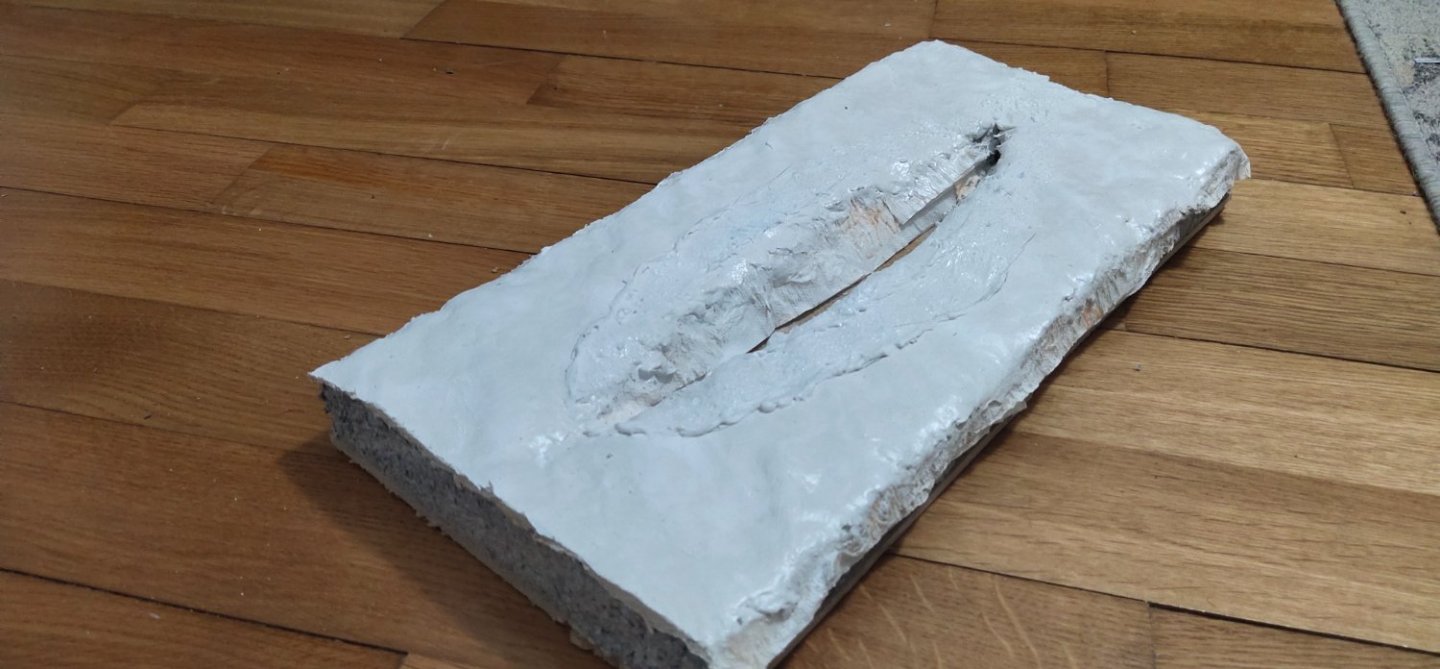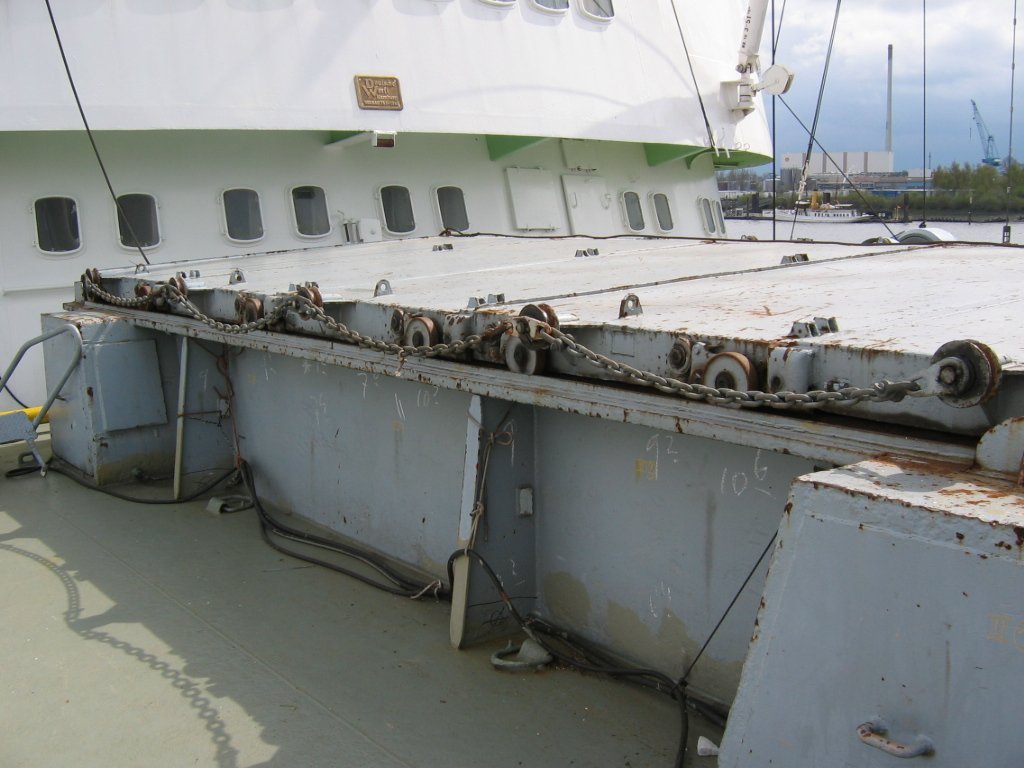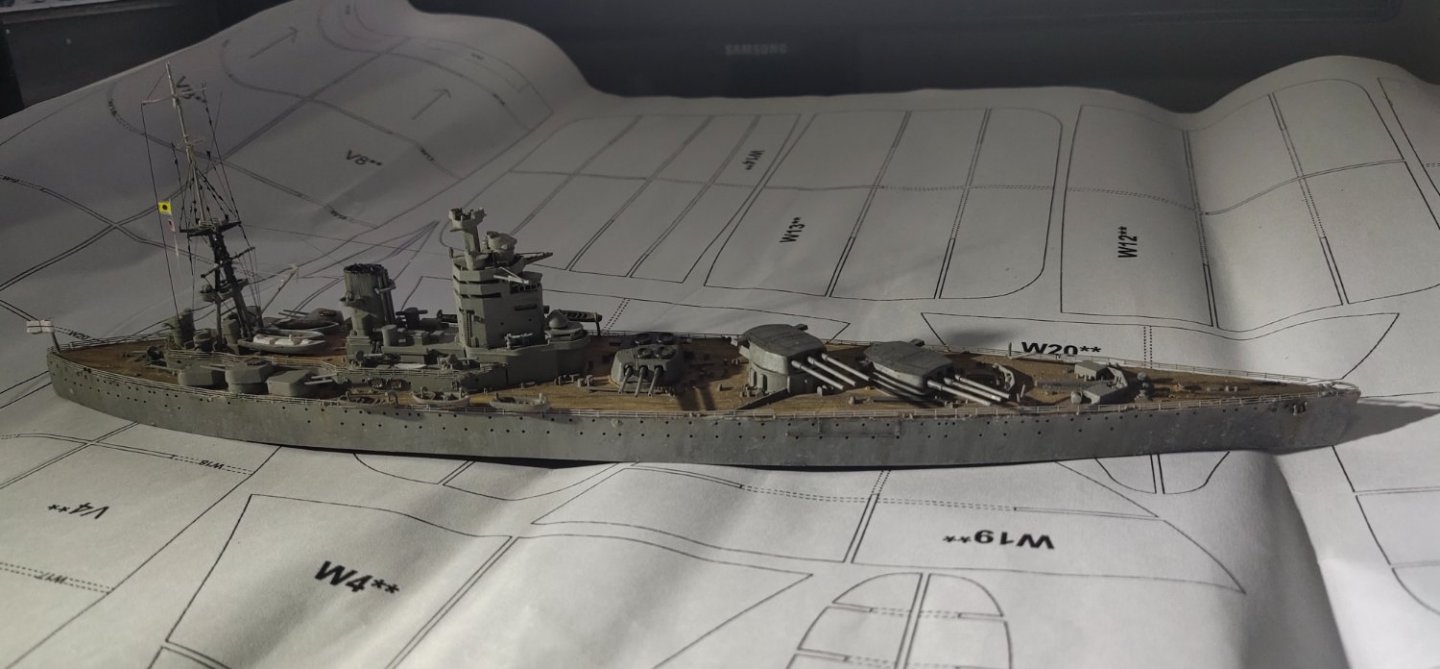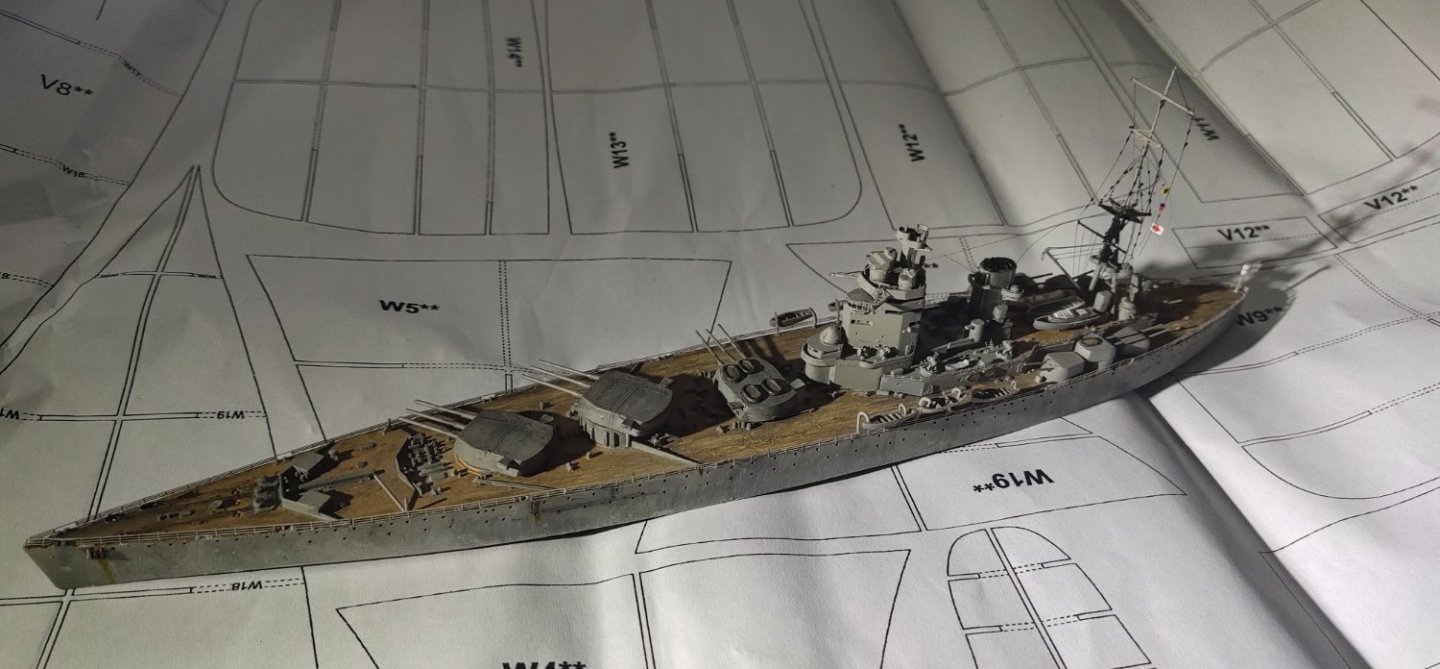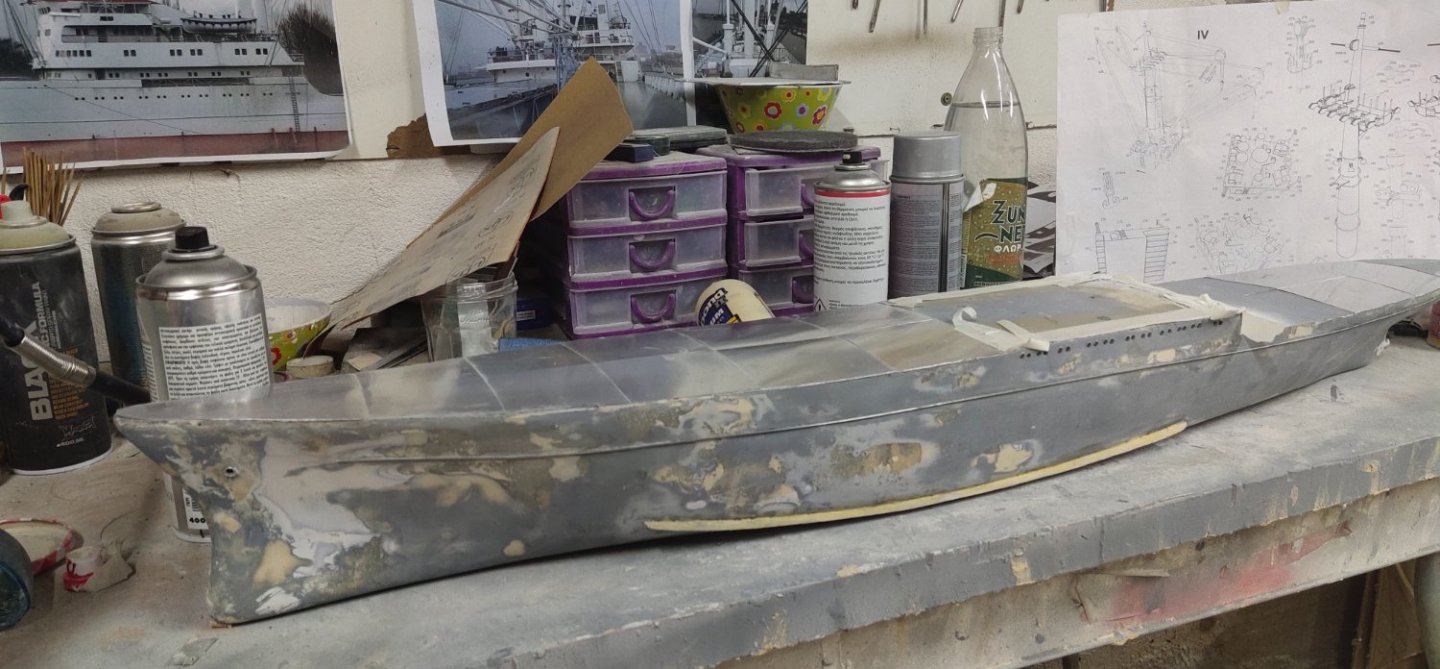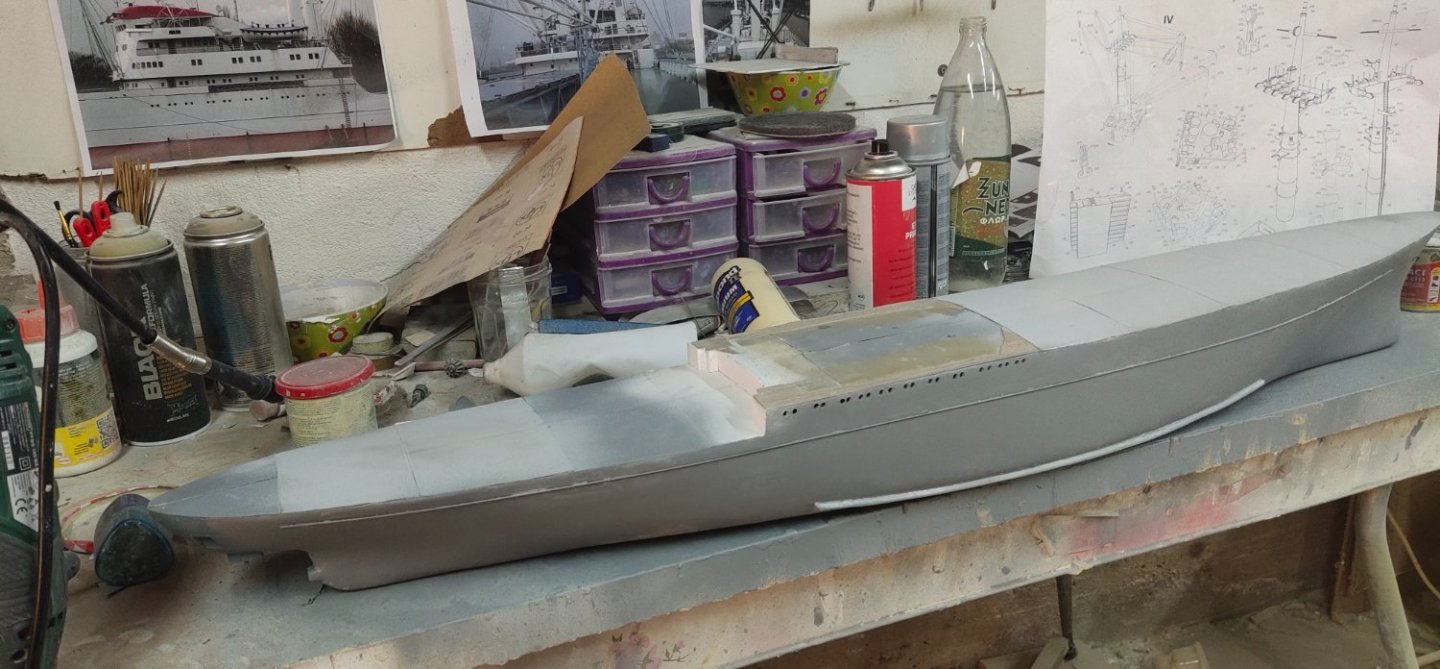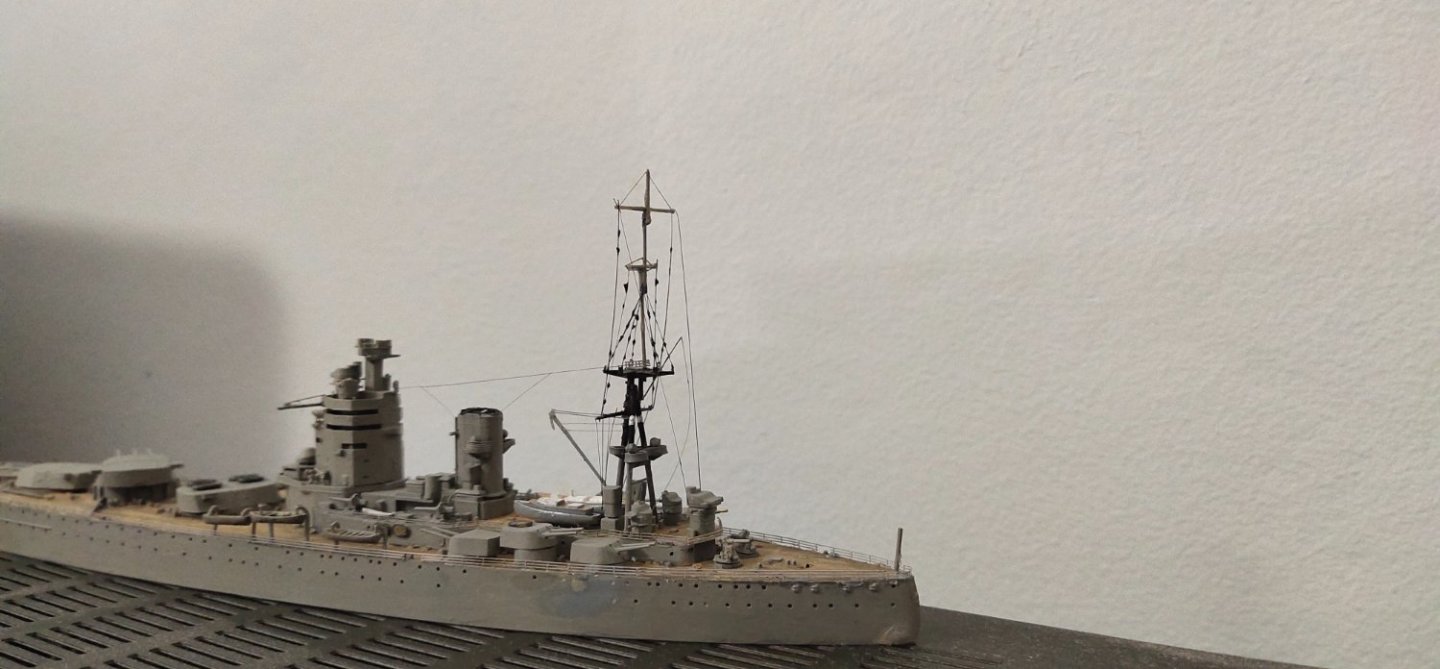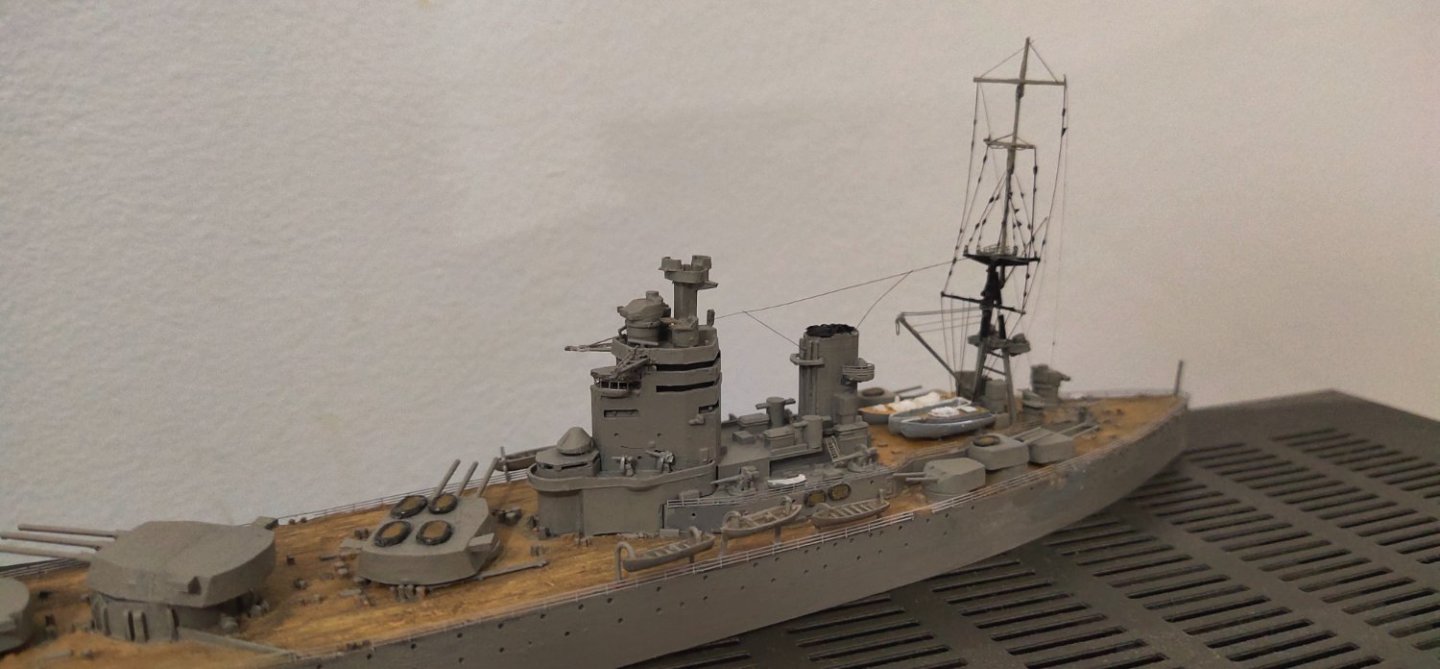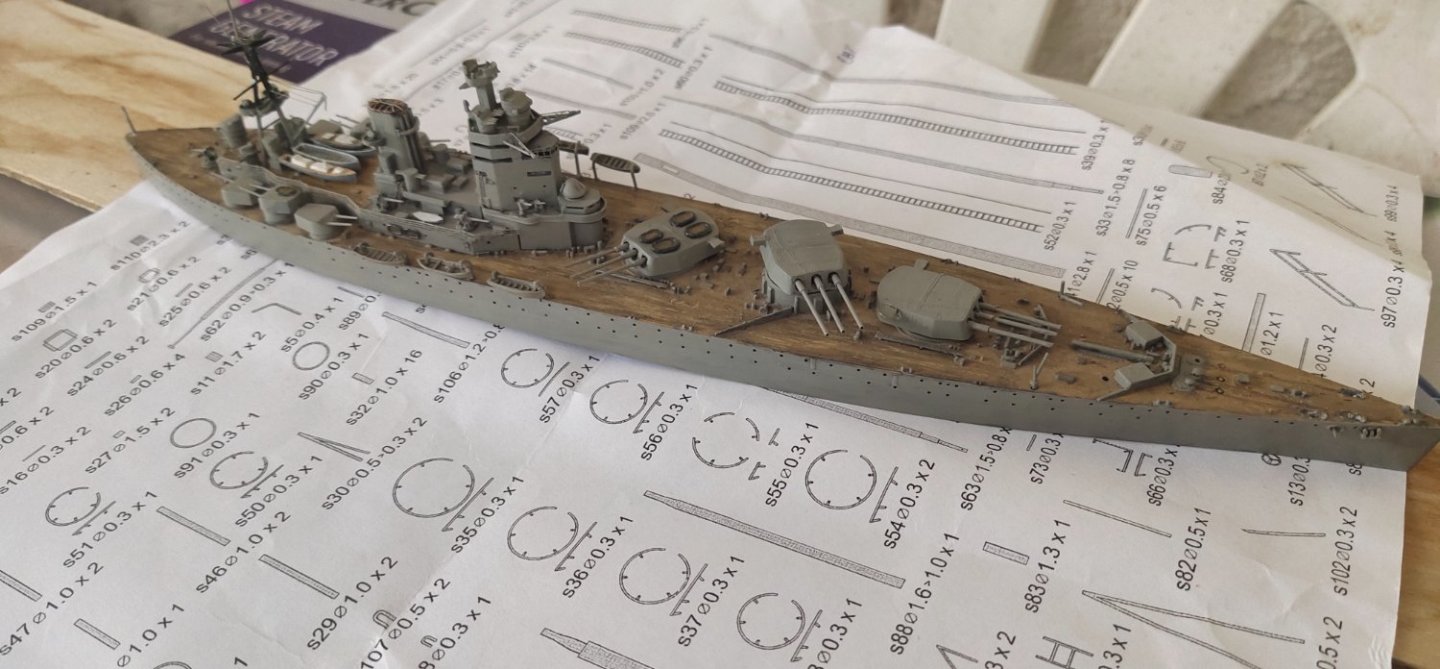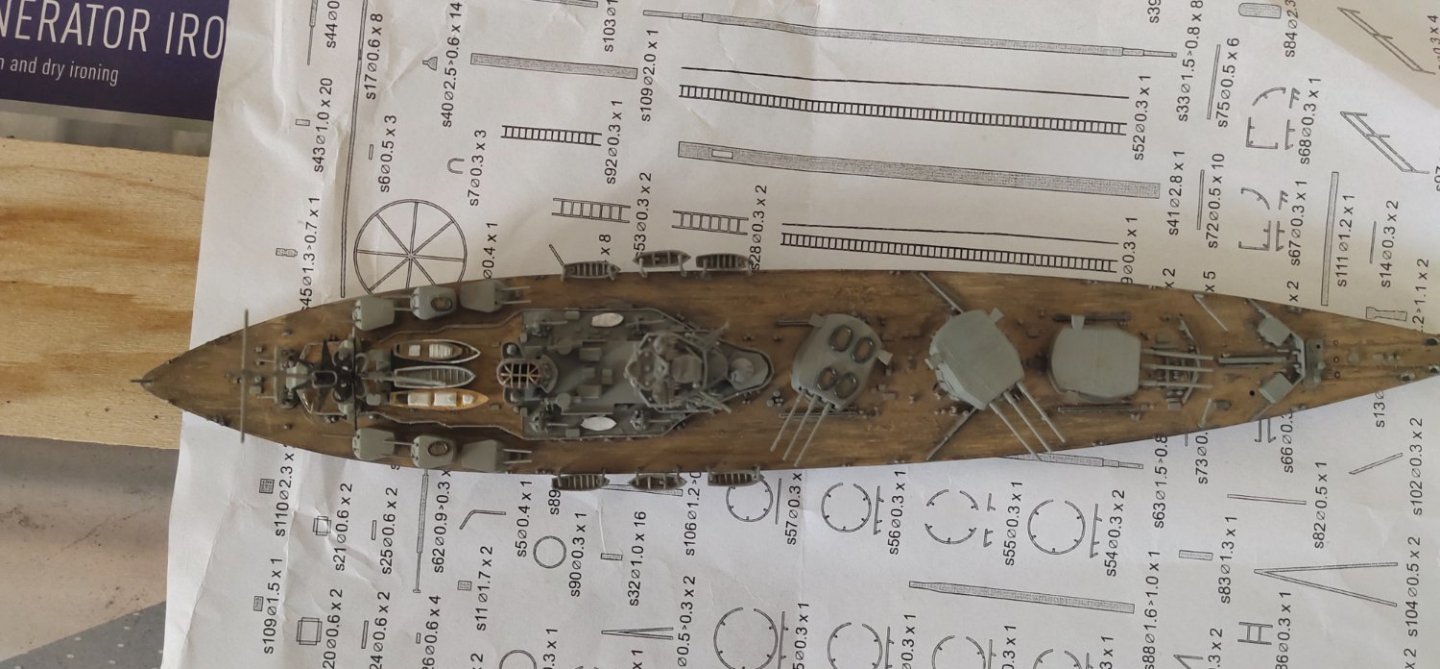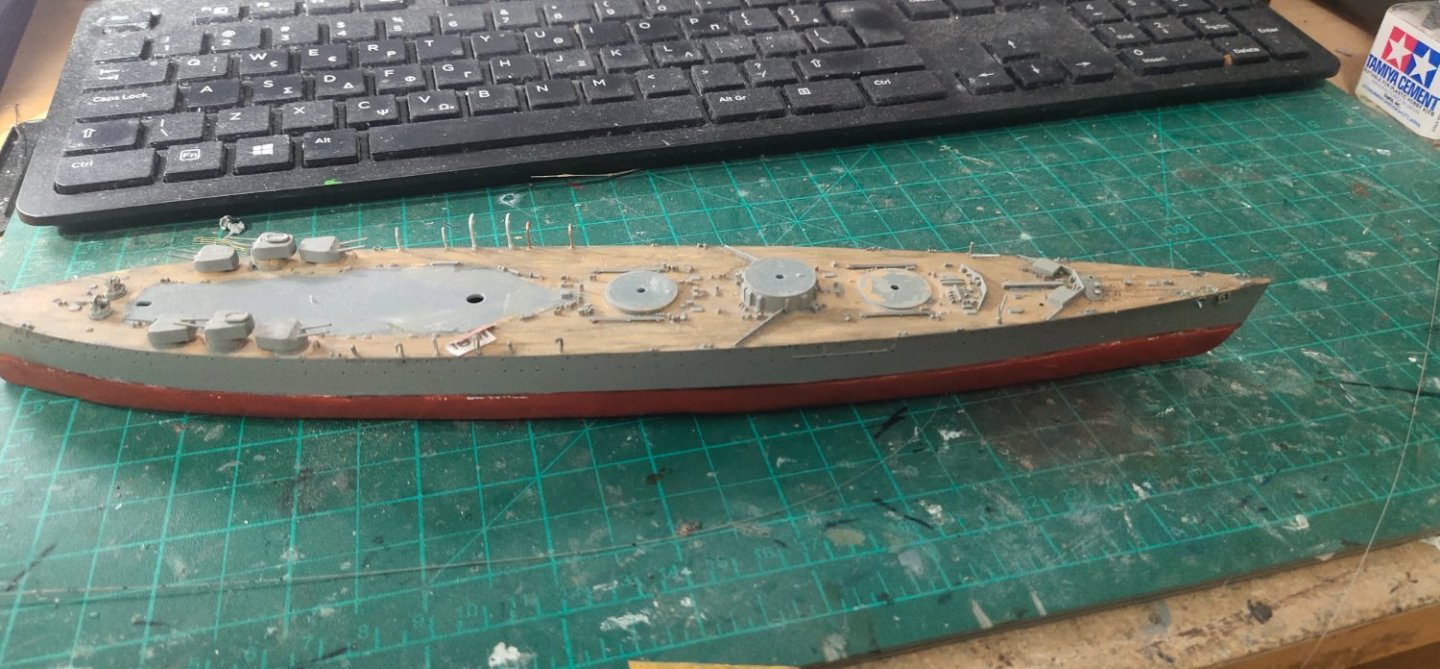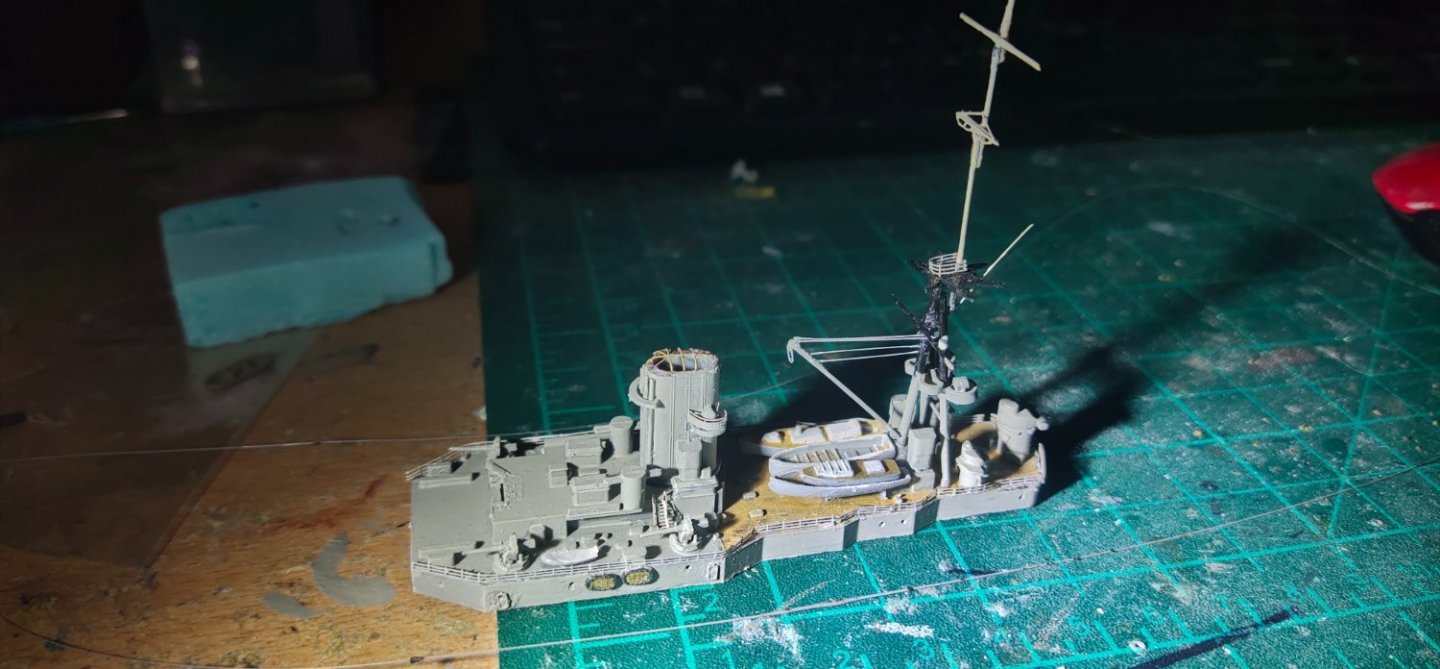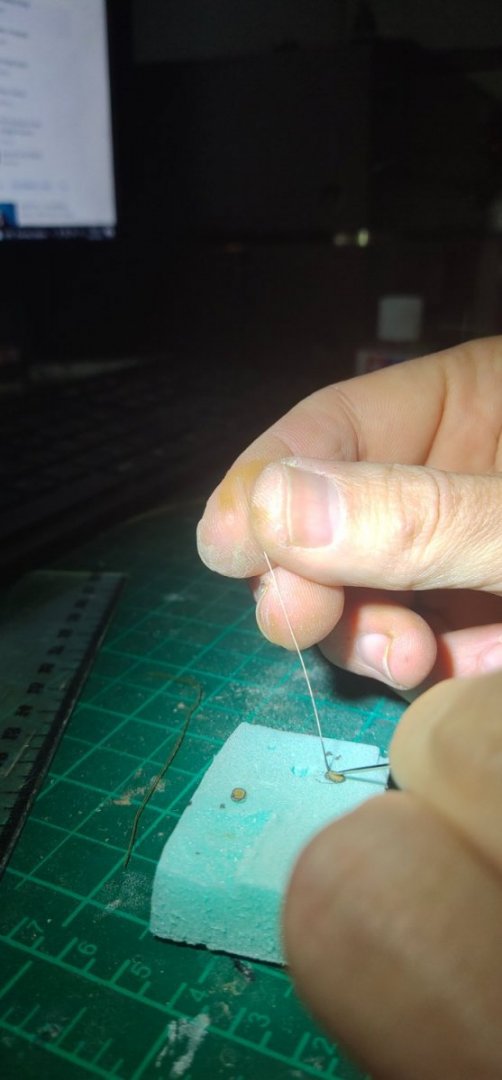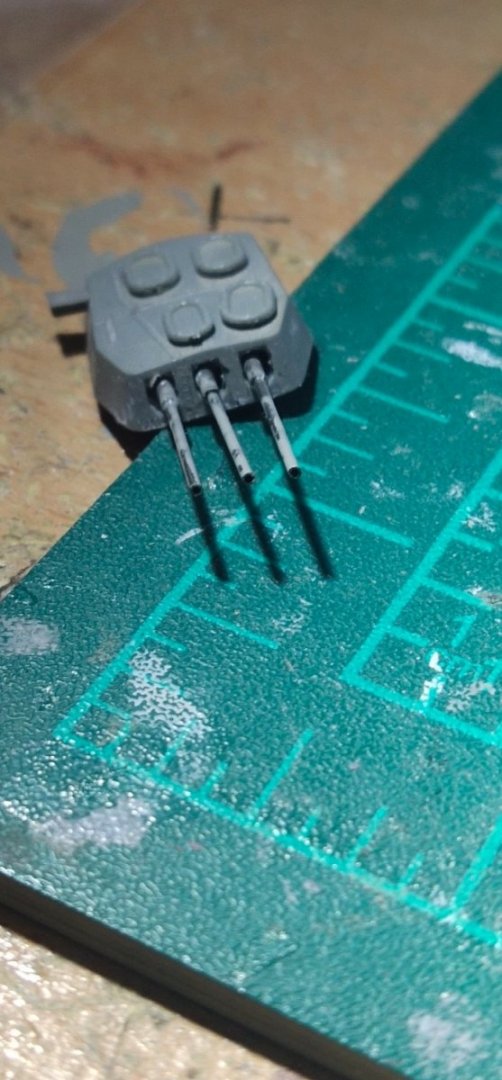
mikegr
Members-
Posts
813 -
Joined
-
Last visited
Content Type
Profiles
Forums
Gallery
Events
Everything posted by mikegr
-
I received my 4K Anycubic Mono today with water washable resin. I will be able to use it on May and write my first impressions.
-
Cap San Diego by mikegr - 1/160
mikegr replied to mikegr's topic in - Build logs for subjects built 1901 - Present Day
i have finished planking the main deck. Then i added the lower accomodation. I added some details like handrails but not doors and firestations, i will do this prior to completion. I also scratchbuilt and installed rear main deck extensions with supports, roof pipping, doors and other details. Took a close pic but not much detail is visible. I also gave a first coat of color to main deck. Working on perfecting the hull is still going on -
Thanks these plans may help enhancing the model with further detail meantime i found this building log quite useful from a guy saying that this was his first built i think. Pretty encouraging!
-
That was a small disappointment to me also, I was tricked by the gunholes later noticed that they empty. Gotta still learn a a lot.
-
This is my first wooden kit. I haven't built any. However I found it on a Facebook sale for half or less of the original price and decided to give it a chance. The absense of a 3rd mast calls for a significant less rigging job. This along with the interesring silhouette of the ship drew my attention immediately. The 1/47 Scale also sounded pretty satisfactory. HMS Racehorse was an 18-gun ship-rigged (i.e. three-masted) sloop of the Royal Navy. Originally the French ship Marquis de Vaudreuil, she was captured by the Royal Navy in 1757 and refitted as a survey vessel for the 1773 Phipps expedition towards the North Pole. Renamed HMS Thunder in 1775, she was captured back by the French in 1778 Now the kit. I don't know much about the quality of the woods but considering the price that seems like a basic kit. There are two illustrated booklets one presenting other models of the firm and the other some useful electric tools to work with wood. There are four bunches of wood stripes. One for initial planking, one for final planking, one mixed.one (spare?) and a final one I suppose for the deck. Next are the detailing parts like pulleys, anchors as well as nails and a British flag so big that I could stick it on my jacket(I mostly built 1/700 scale lol). Underneath this some more brass parts. No PE included. From a first point of view there is some space for improvement like adding some extra detail perhaps some barrels, a brass bell and more Next are the parts for the hull, deck, frames, etc. These come in 2 laser cut sets, one plywood, I guess about 4mm thick and another one quite thinner from a wood unknown to me. Looks like same with the one used for final planking. Finally there is a curved brass strip which I don't know what's for, yet. Finally there is a 2 sided sheet for instructions. It occupies half of the bed I guess model is displayed in real scale 1/47 but more experts modelers will know better. It seems pretty basic I think and without planking instructions. Fortunately there is so much info online that actually I am confused of which way I should follow if ever decide to start it
-
Some SD 14 built fr Greek owners in Suderland or Skaramangas, Greece https://greekshippingmiracle.org/en/highlights/ships-built-for-greeks/general-cargo-ships-1960-69/
- 201 replies
-
- SD 14
- Marcle Models
-
(and 1 more)
Tagged with:
-
So I gave it a color of dark ocean blue, then air sprayed with white. I use thick acrylic for painting so I need to expertise a lot about how to thinner it and enable for a regular paint flow. Then I used sponge shocked in white to paint the "nerves" between the two waves Then disaster strikes. Obviously paper layers and glue have covered the area cutted, which resulted in hull misfitting. So I need to cut further aft. Fortunately I had some free space but it just that stern moved too much behind at the end of the base. I could dig in a bit forward but then waves should be reformed to align with the bow so I rejected this option. Next steps: Fitting hull and closing the gap with material. Apply cotton to form water foam Applylight coat of medium gel to give a rougher texture Minor painting jobs Apply body car varnish for a super glossy effect.
-
I built the base. Styrofoam glued on MDF to eliminate warp. I cut waves then added few layers of toilet paper and diluted PVA glue. Then I decided to use plaster to smooth the surface. First attempt this way. I formed the wakes with acrylic putty applied with gun. Then filled the space between wakes and hull with gel to give a rougher surface. Tomorrow I try airbrush paint and apply medium gel before going for final details
-
- 83 replies
-
- marcle models
- card
-
(and 1 more)
Tagged with:
-
Cap San Diego by mikegr - 1/160
mikegr replied to mikegr's topic in - Build logs for subjects built 1901 - Present Day
Keeping working following strictly the 2;1,5 rule. The mail deck woodwork is done. I added a second layer of aluminum to eliminate bumps and gaps. Just to let you know aluminum has gone 30% up, not only gas. The lower section between middle and stern need more strength to repair the sagging effect. You can see the gap in the previous post, now looks much better. Lots of filling, sanding , priming etc. The worst was fitting the bilge keels. I scratched them using 2.5 mm balsa then layered with wood hardener so won't brake during working process. Several attempts made to glue them. A strong silicone based glue was used to stick the 1mm rod across the hull. But was hard to clean up the leftovers without a diluter. I managed to glue the bilge keels with CA but only step by step piece by piece. I run over titebond glue to fill gaps and strengthen them. Sand and prime. Tomorrow will look for micro works to be done. -
I couldn't imagine that a sail boat model could be so fascinated to build until I saw this.
-
I have added some details. Ladders, drilled holes,doors, remake the crane wirring. Also from my newly refreshed stash I put some extra life rafts with good detail. Paint them was tricky I hold them with one pin in place while paint them with a single brush hair. Finally I may need some extra hull for my heavy seas display so I made one from polystyrene. It is not perfect but its more than enough as most of it will remain hidden
-
For something more flexible only brass or copper wire will do. The recoil is a bit of fantasy thing. In 1/700 maybe can be omitted but in 1/535 you need to scratch it or think of it something ready available. Here's a recent work of how I use needles to make barrels. They are coated with humbrol oil based primer
-
for barrel improvement i use brass. I think 0.4-0.6mm would be ok in your case. Also sterile needles are good as they come in even smaller diameter. I cut them with a rotary tool with a disk cutter. Then sand a bit the edges.
About us
Modelshipworld - Advancing Ship Modeling through Research
SSL Secured
Your security is important for us so this Website is SSL-Secured
NRG Mailing Address
Nautical Research Guild
237 South Lincoln Street
Westmont IL, 60559-1917
Model Ship World ® and the MSW logo are Registered Trademarks, and belong to the Nautical Research Guild (United States Patent and Trademark Office: No. 6,929,264 & No. 6,929,274, registered Dec. 20, 2022)
Helpful Links
About the NRG
If you enjoy building ship models that are historically accurate as well as beautiful, then The Nautical Research Guild (NRG) is just right for you.
The Guild is a non-profit educational organization whose mission is to “Advance Ship Modeling Through Research”. We provide support to our members in their efforts to raise the quality of their model ships.
The Nautical Research Guild has published our world-renowned quarterly magazine, The Nautical Research Journal, since 1955. The pages of the Journal are full of articles by accomplished ship modelers who show you how they create those exquisite details on their models, and by maritime historians who show you the correct details to build. The Journal is available in both print and digital editions. Go to the NRG web site (www.thenrg.org) to download a complimentary digital copy of the Journal. The NRG also publishes plan sets, books and compilations of back issues of the Journal and the former Ships in Scale and Model Ship Builder magazines.

